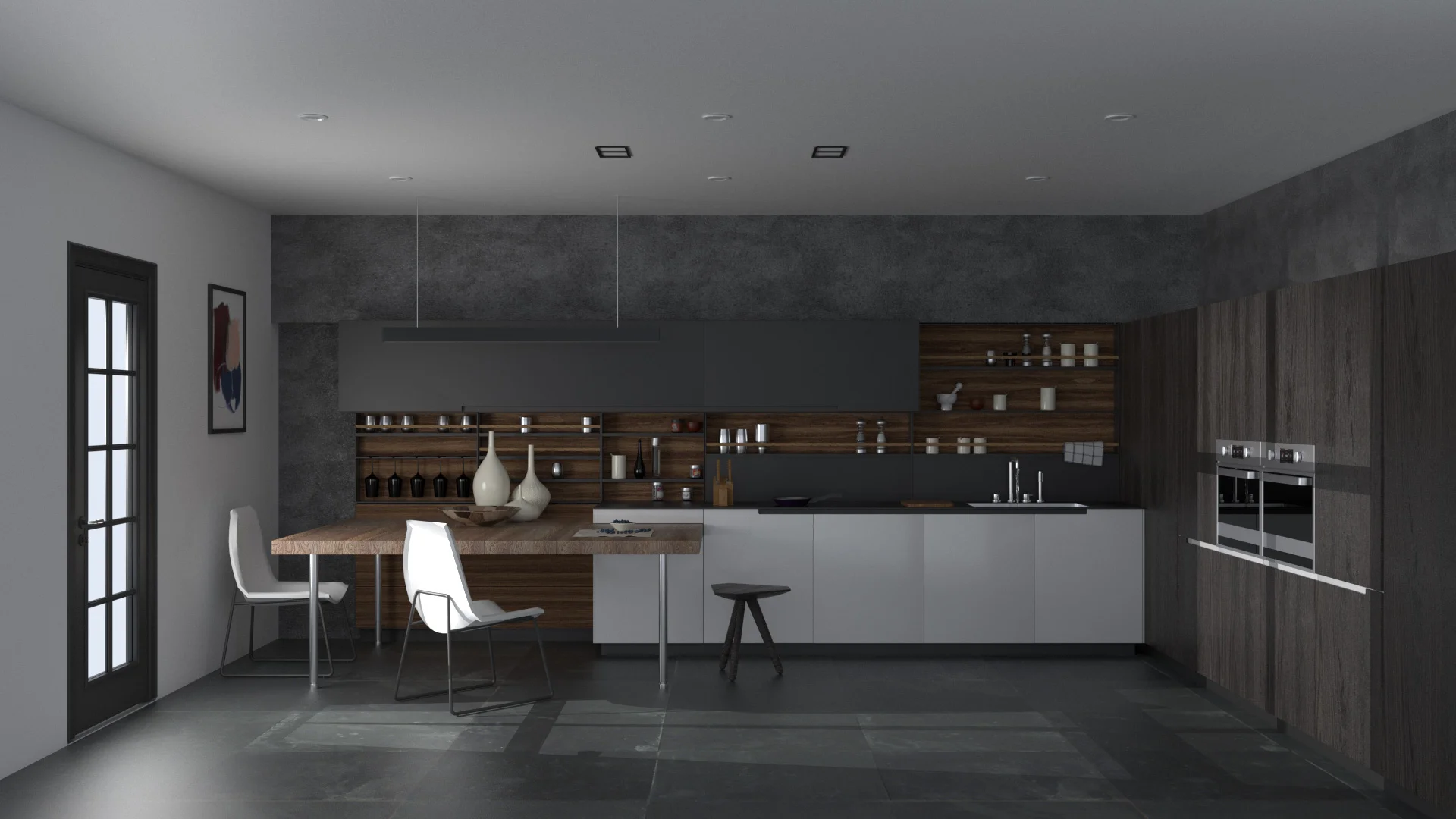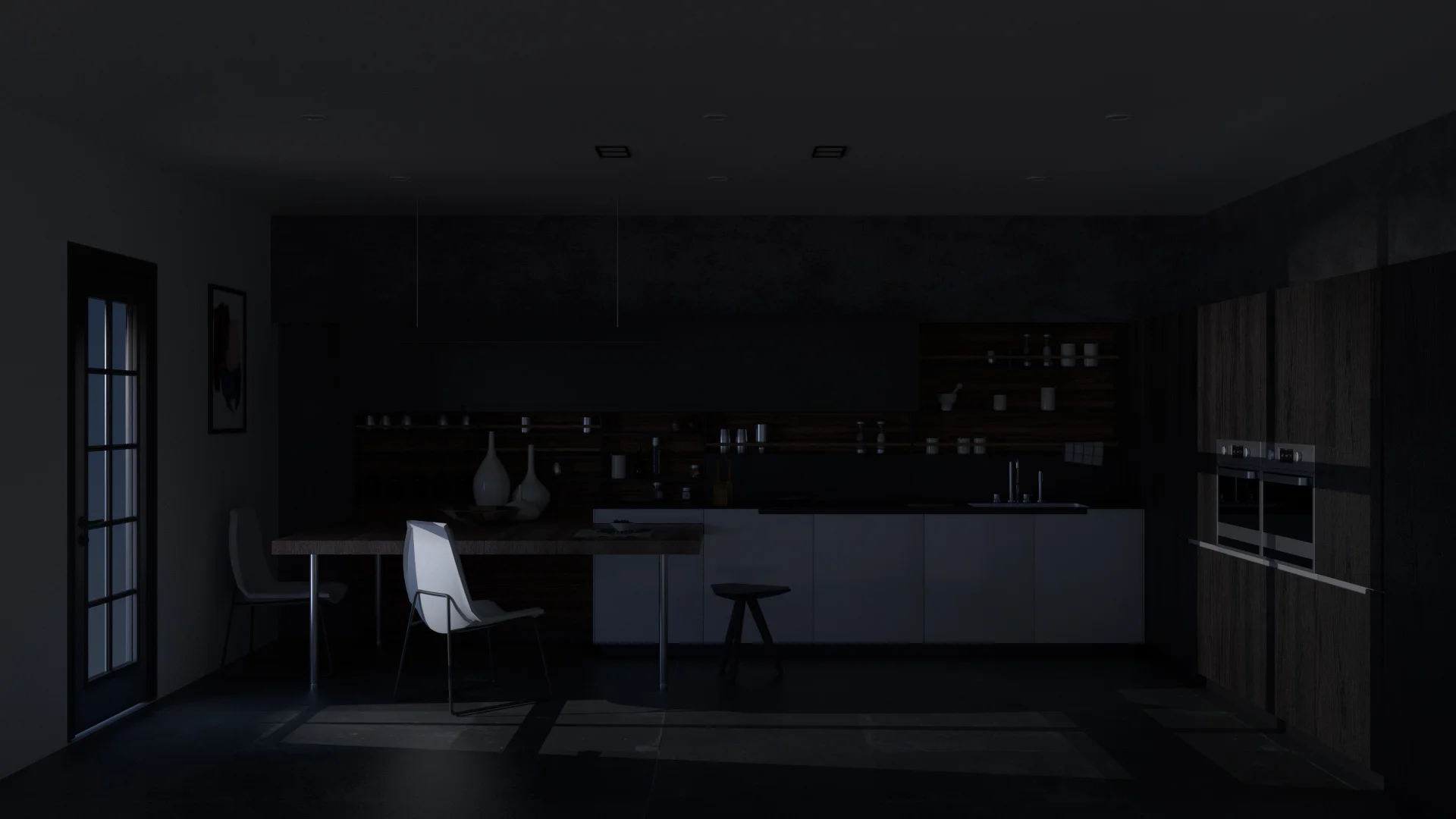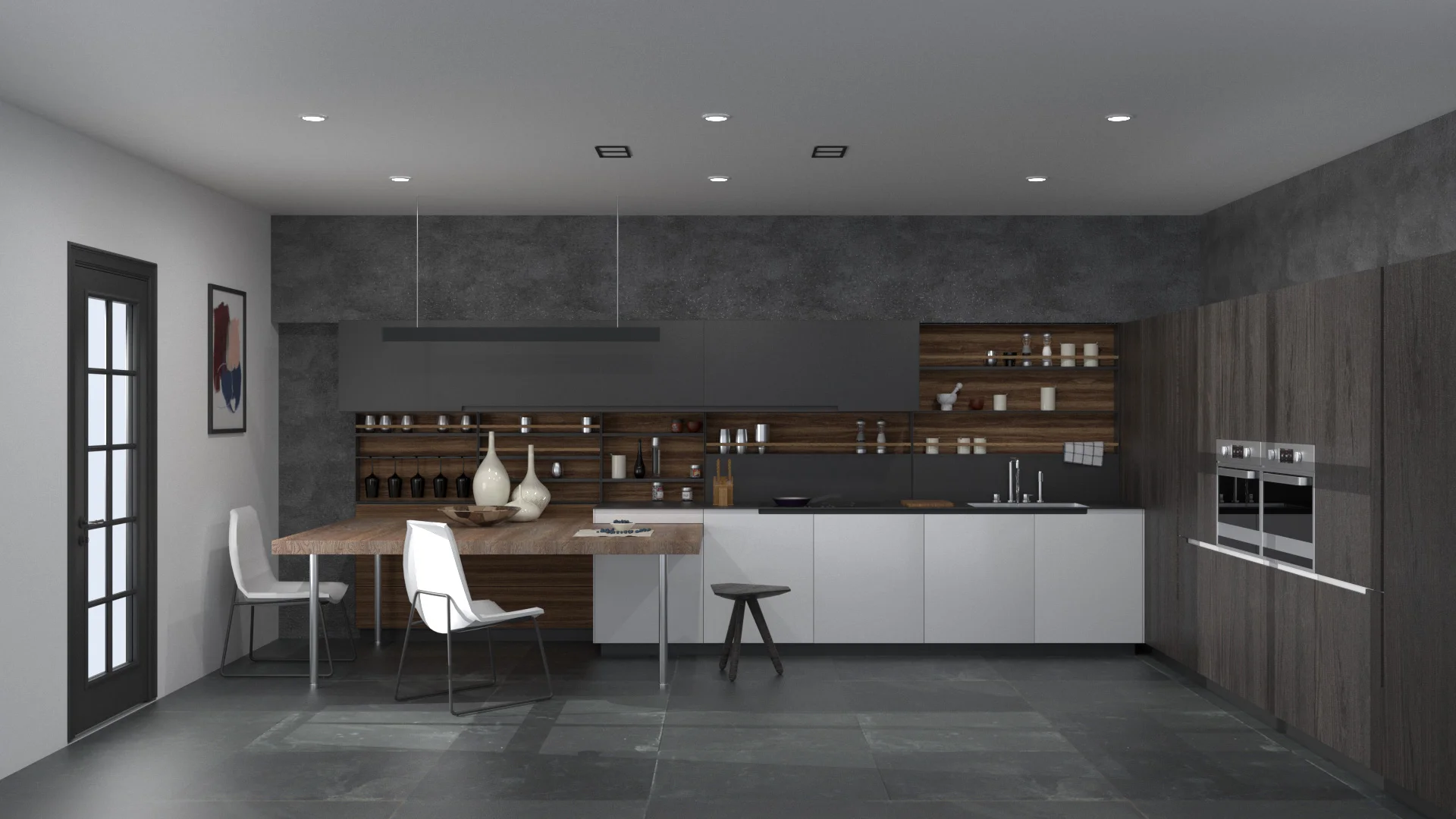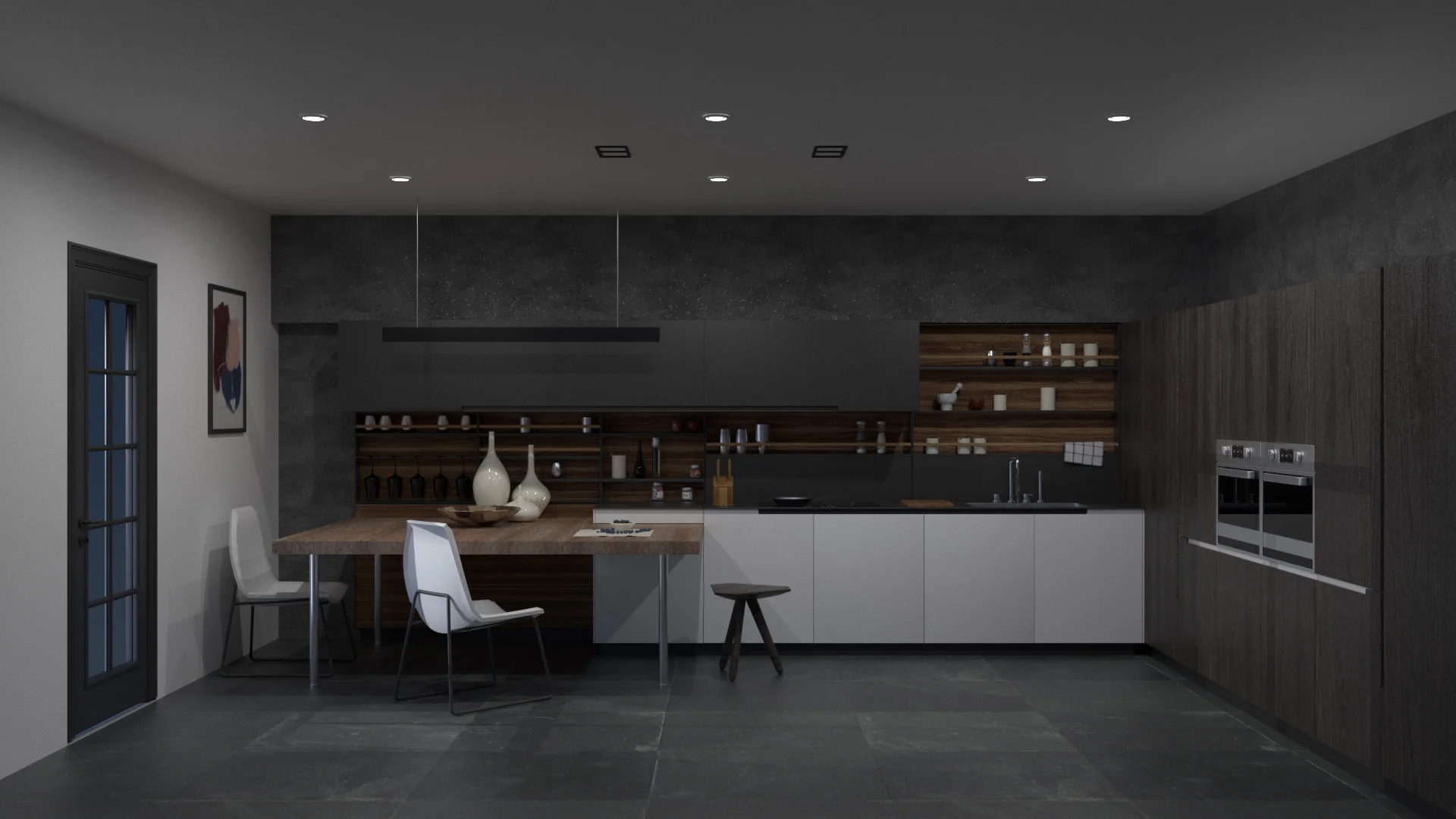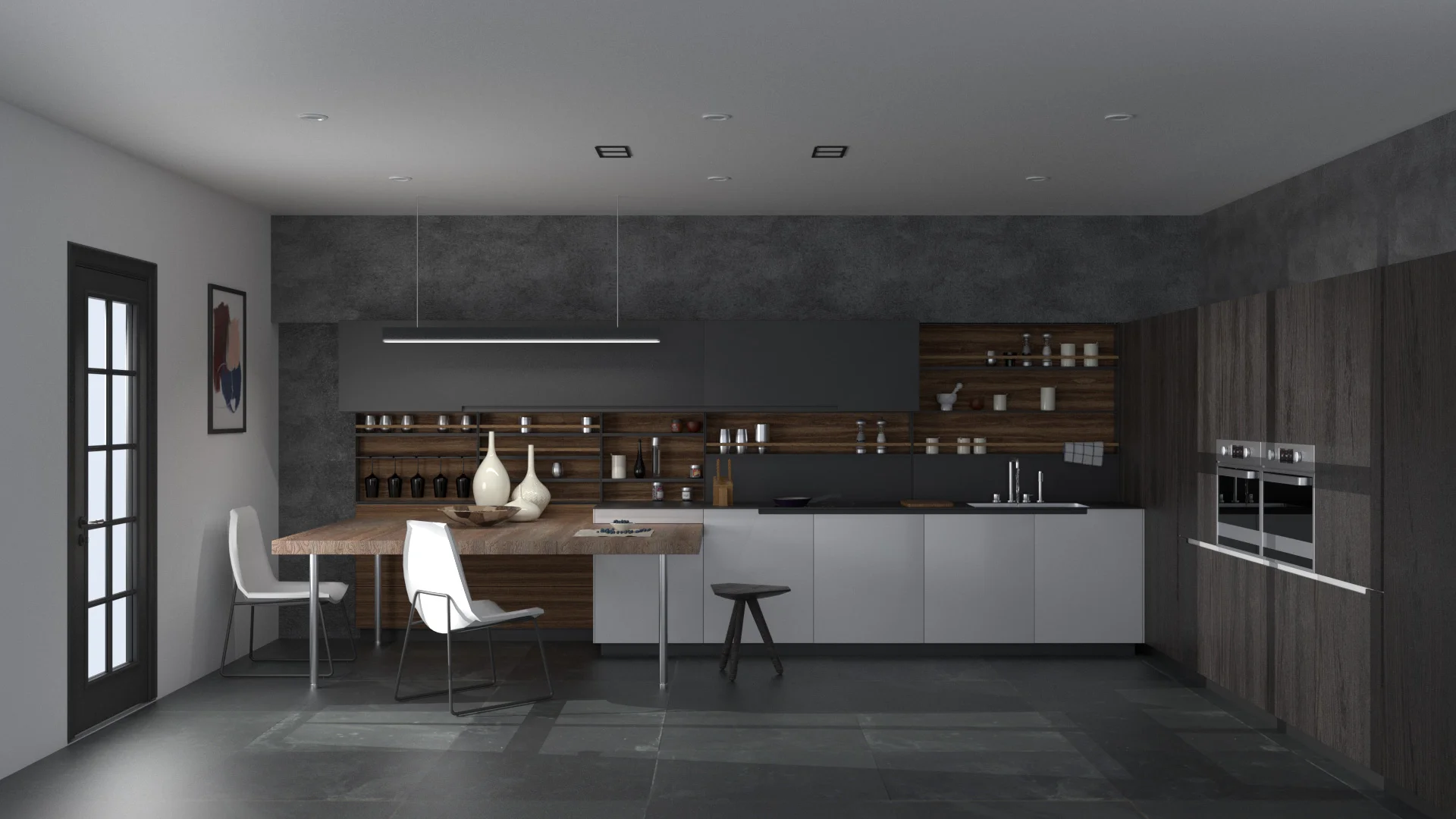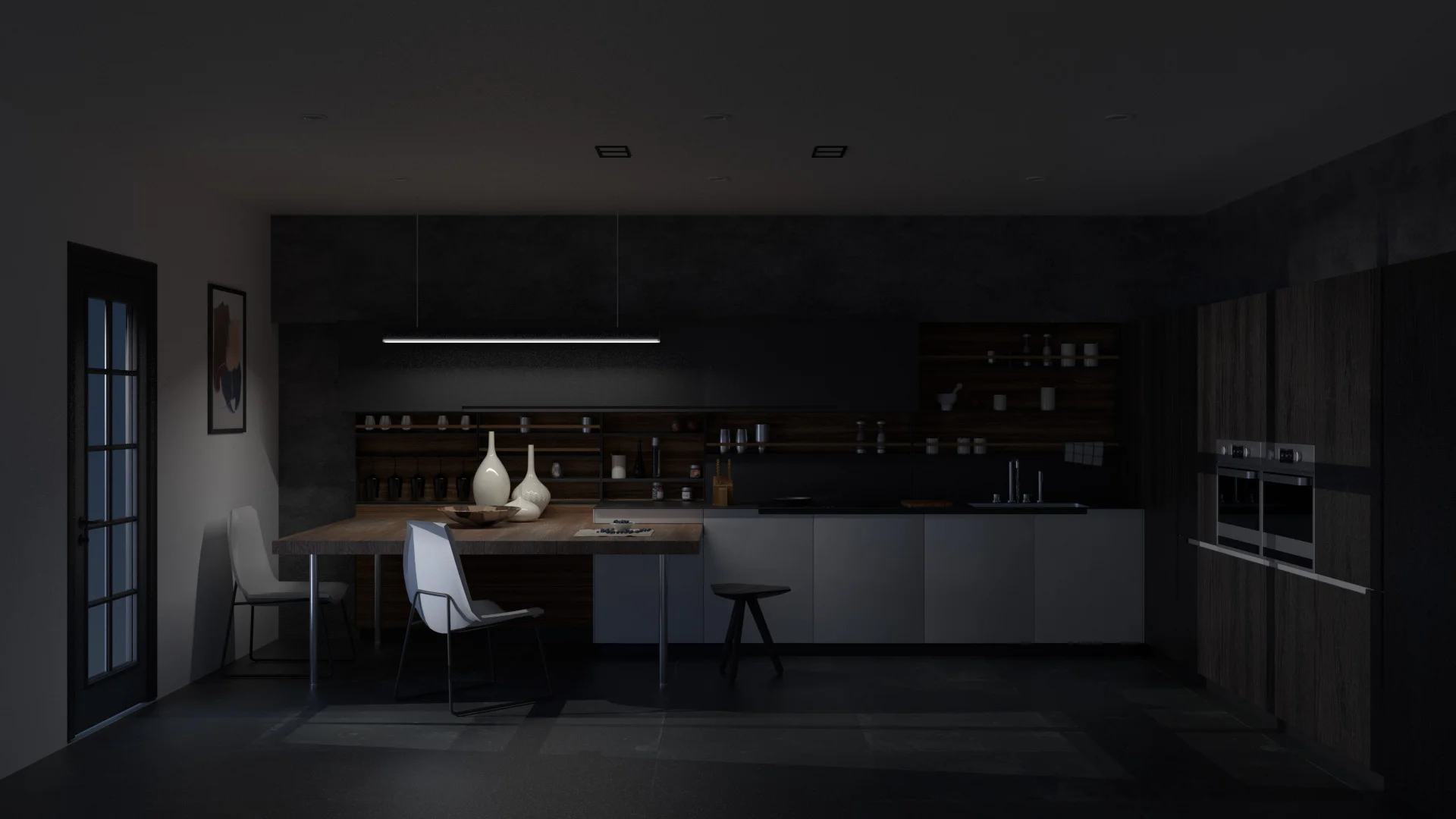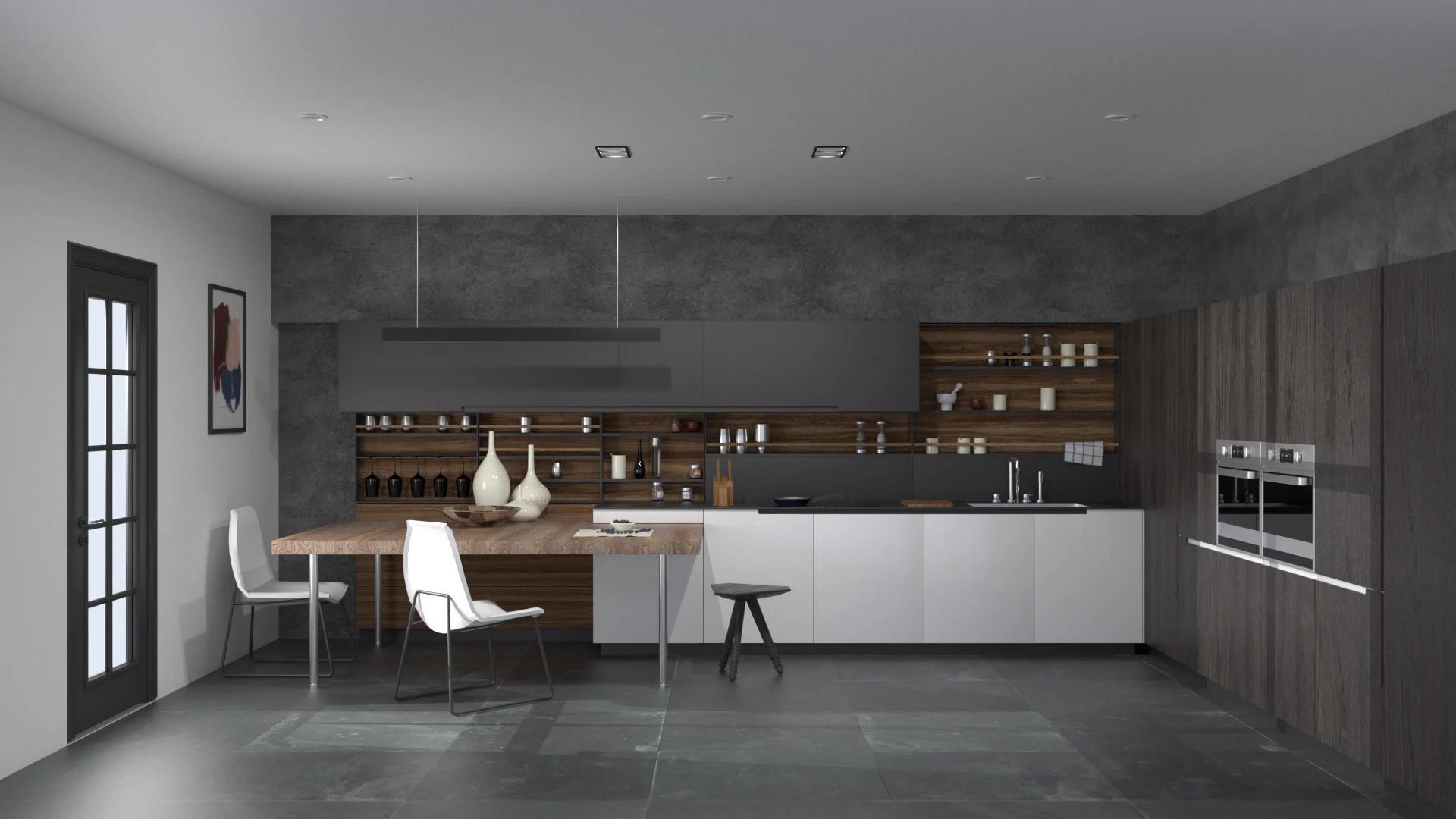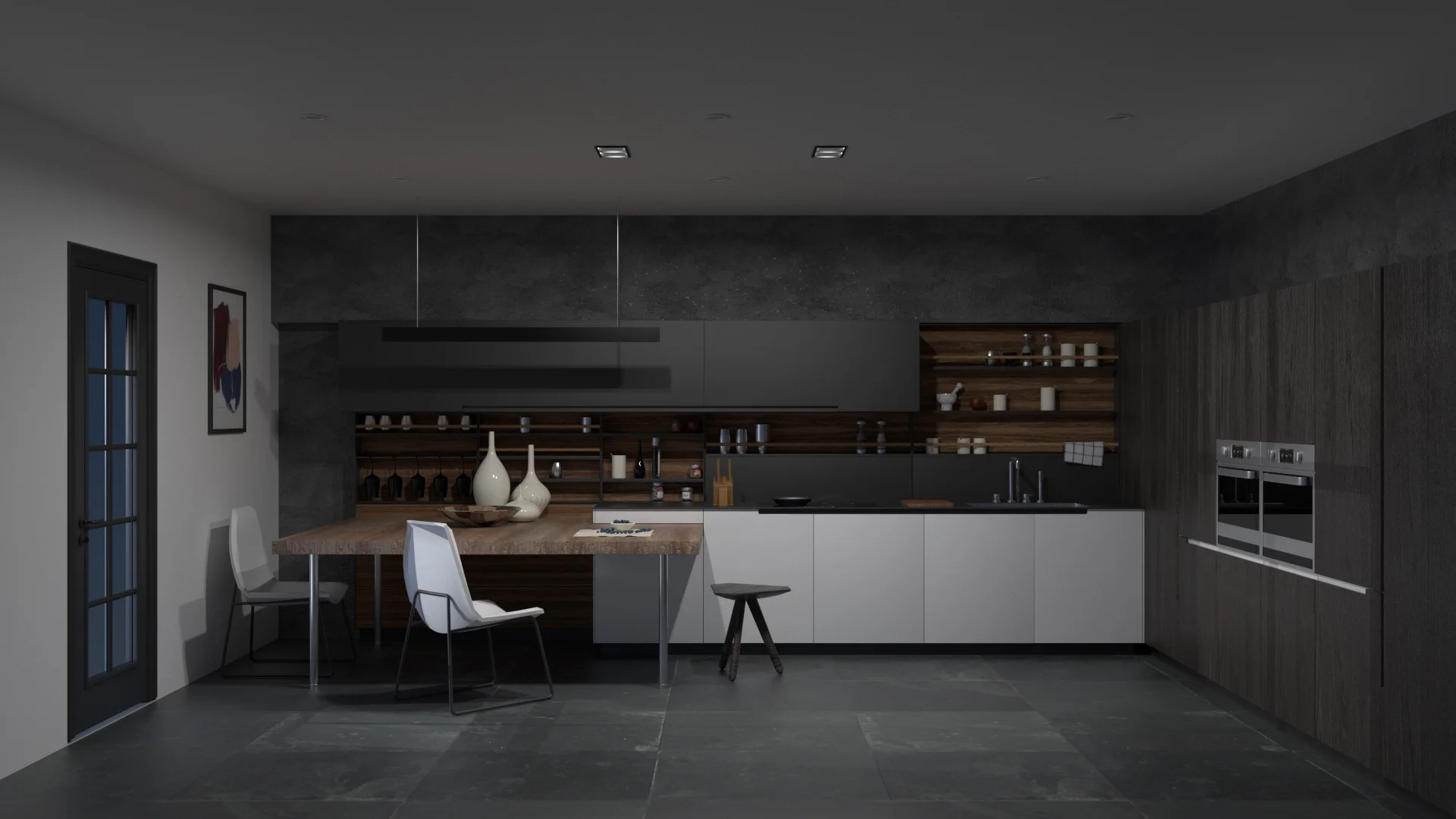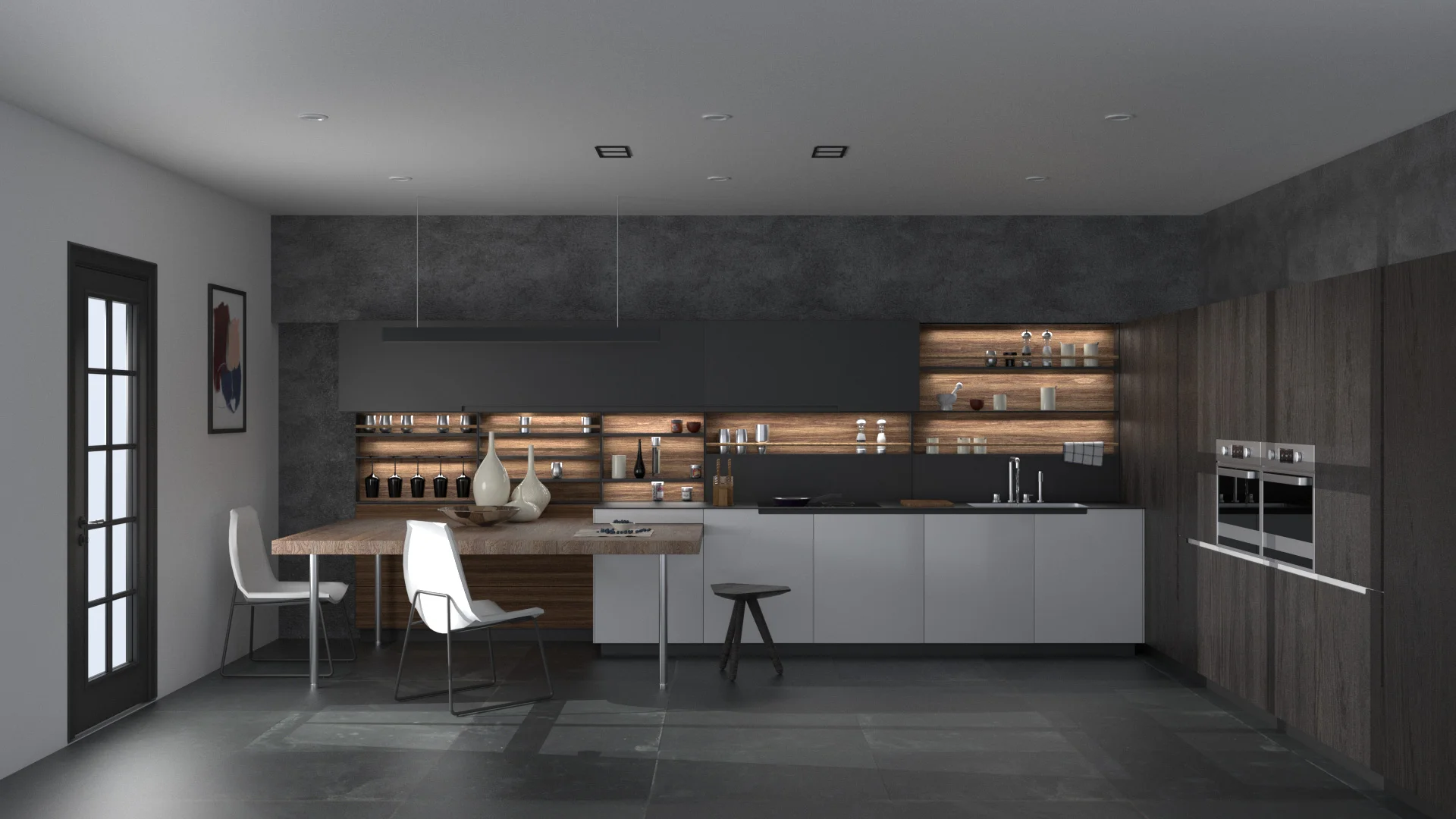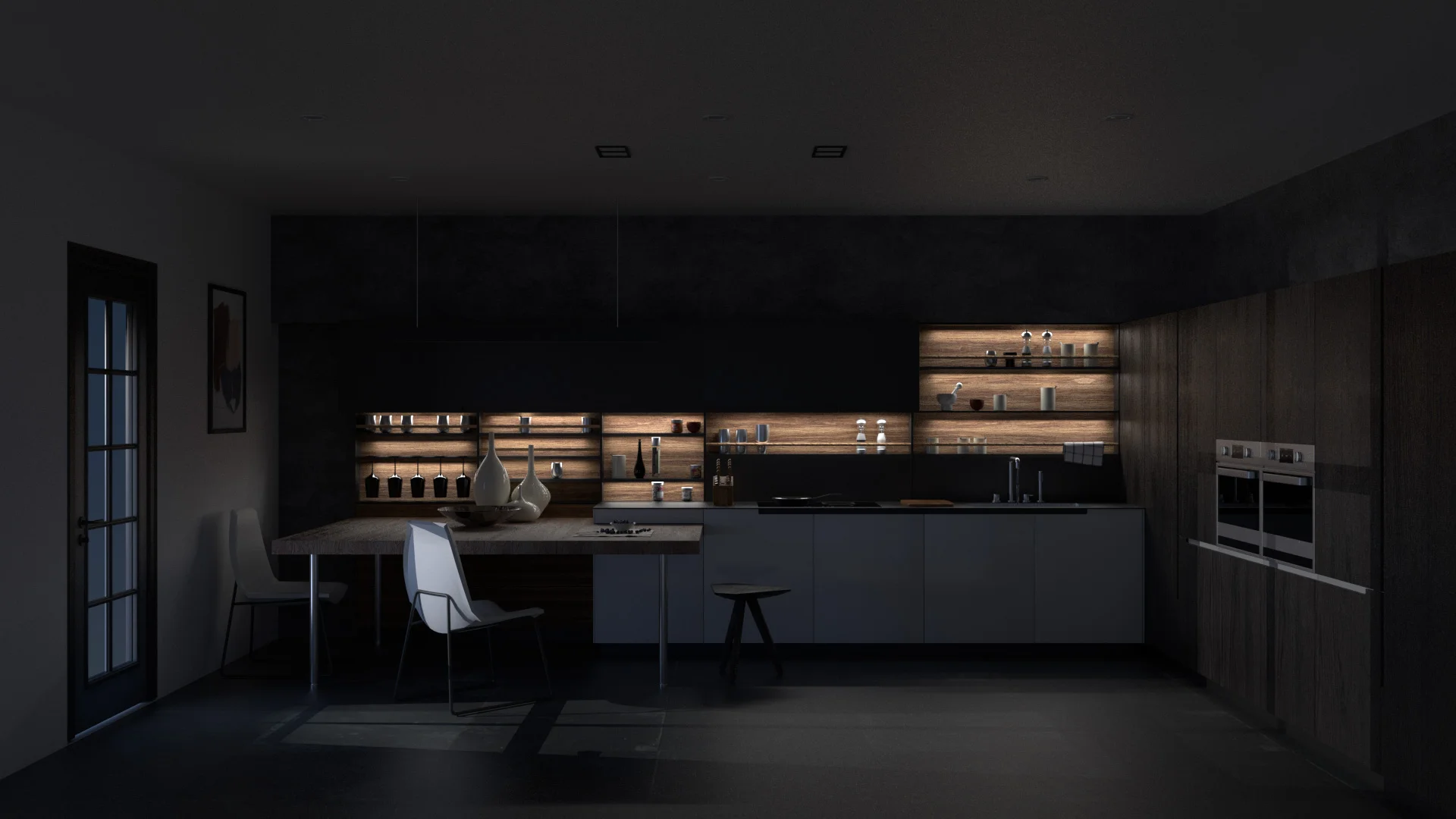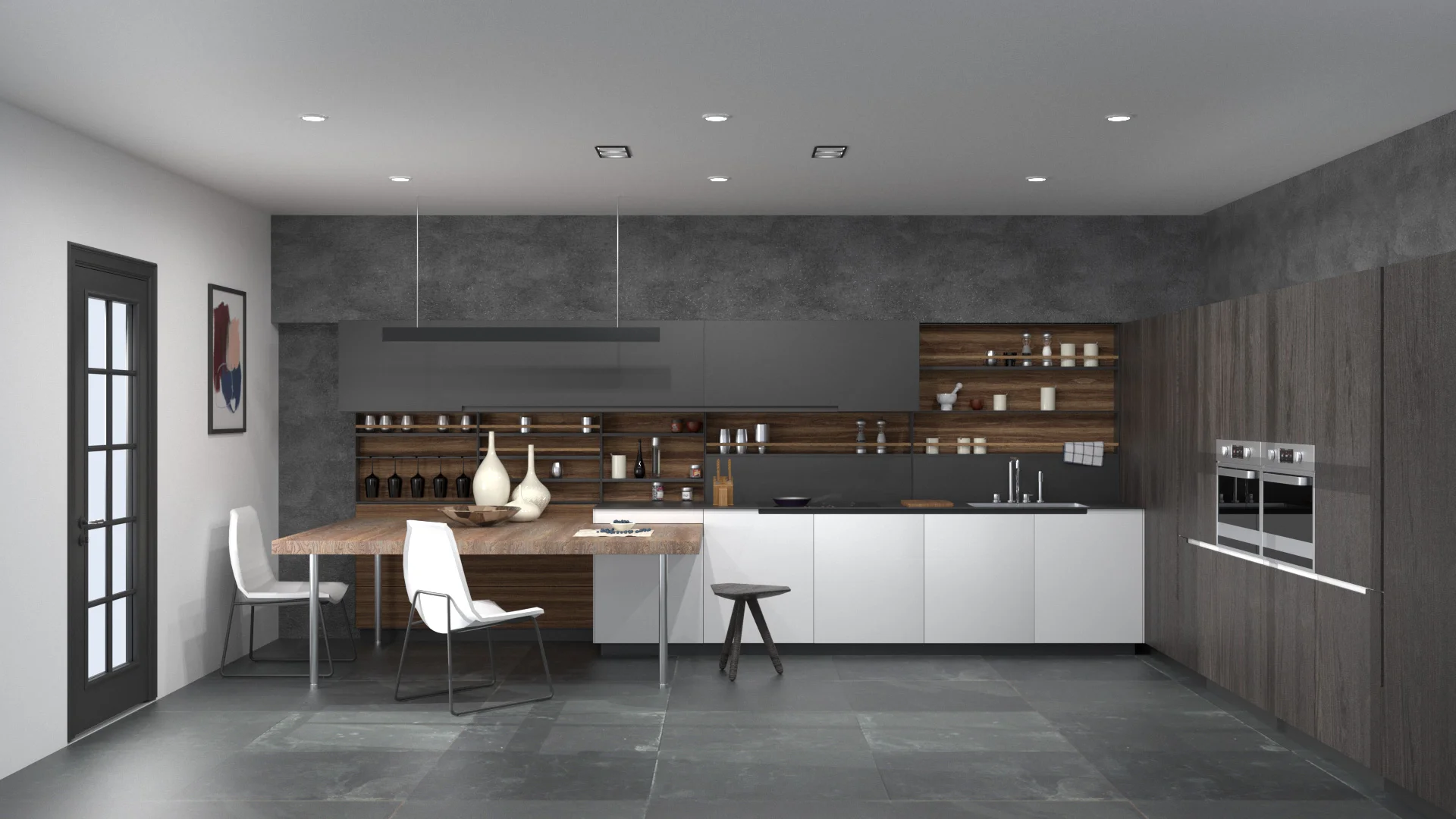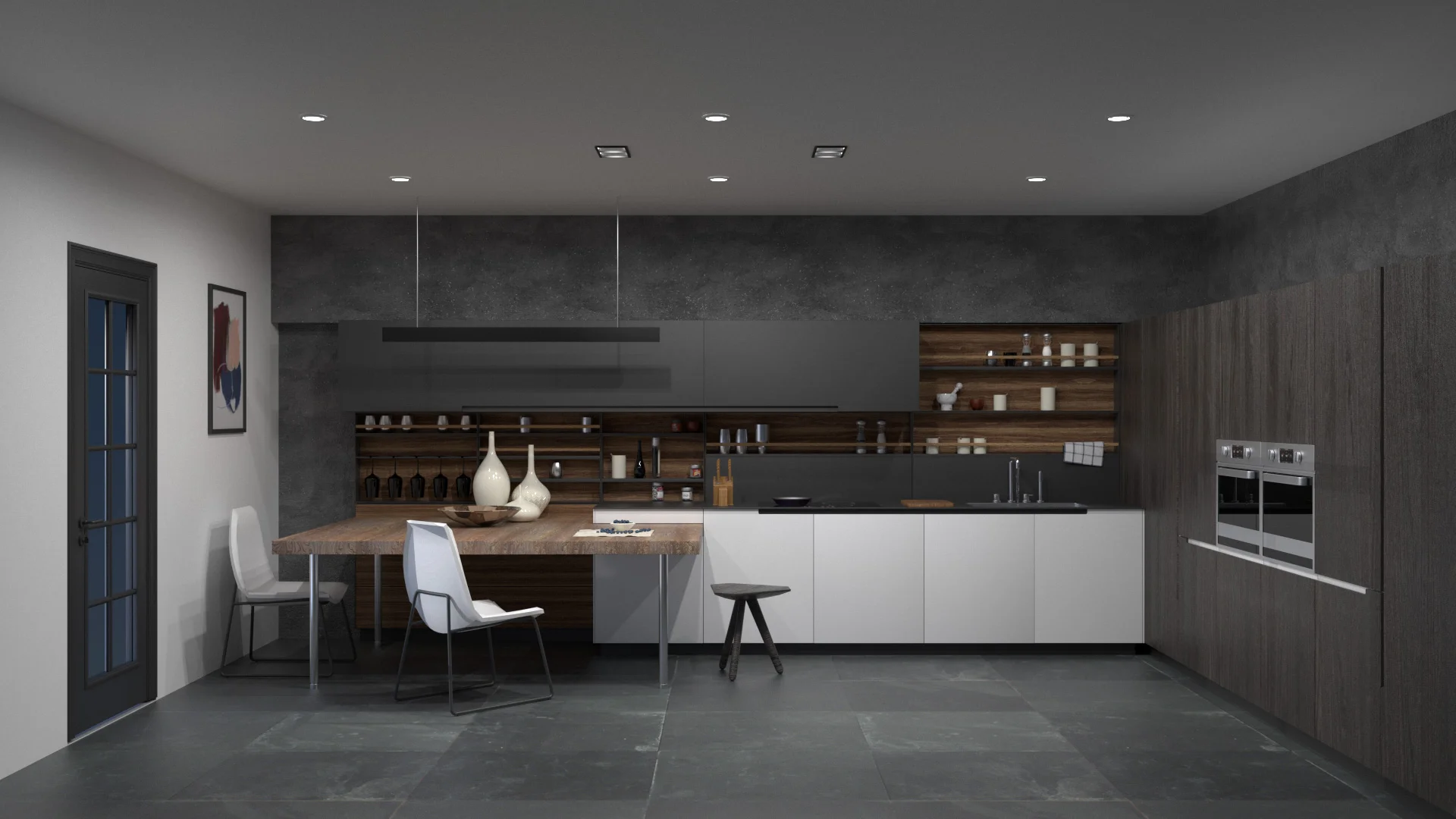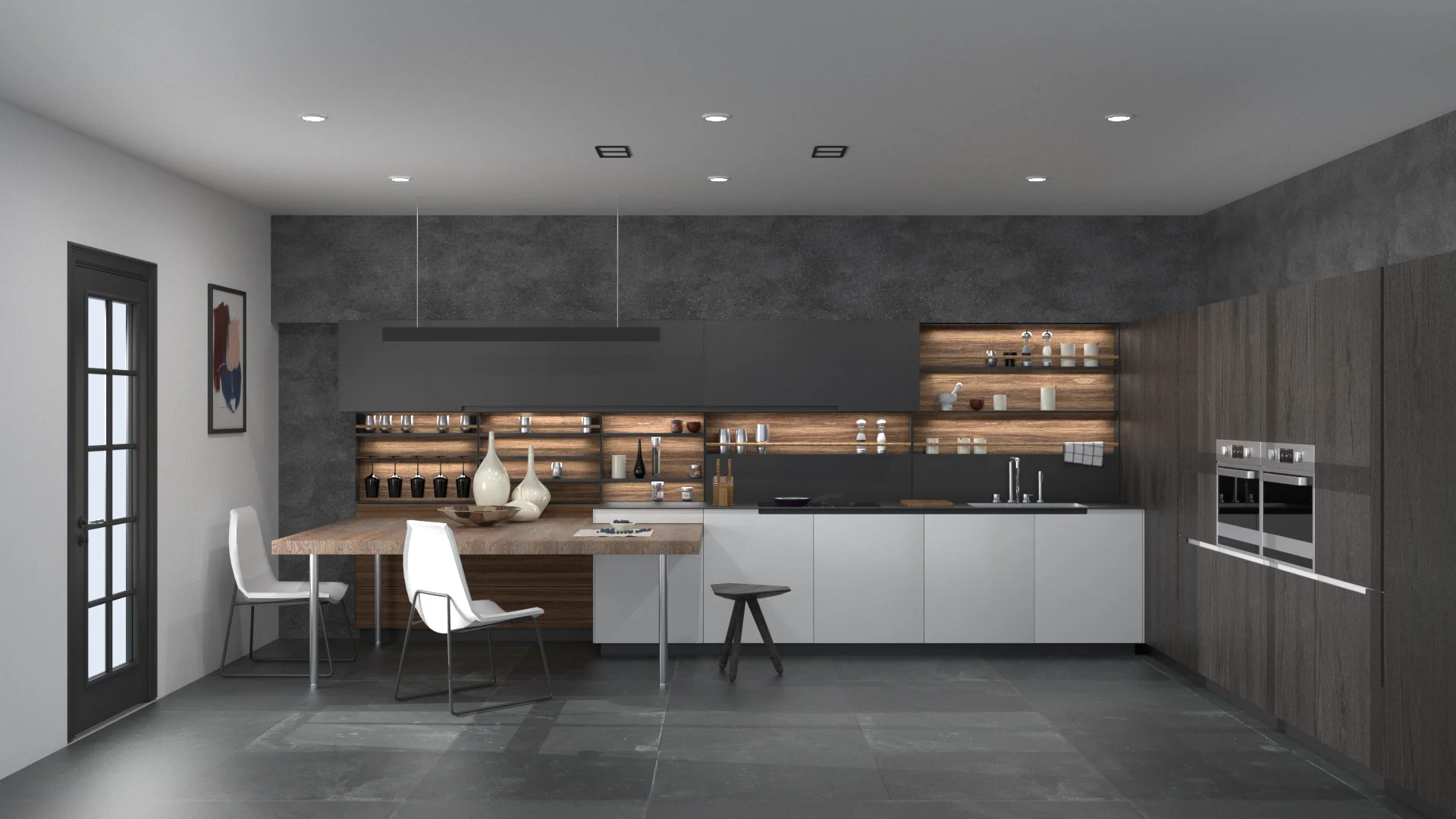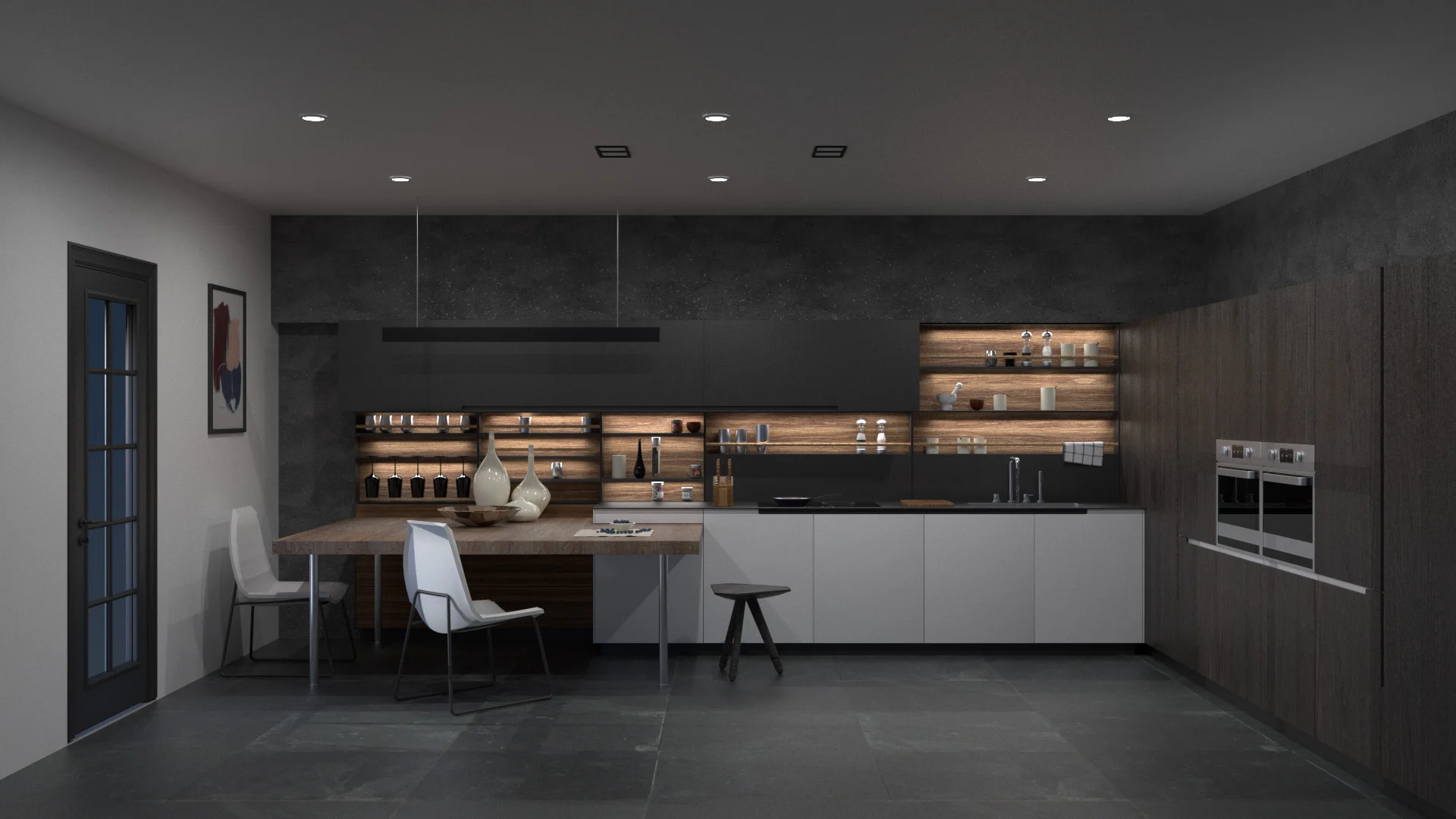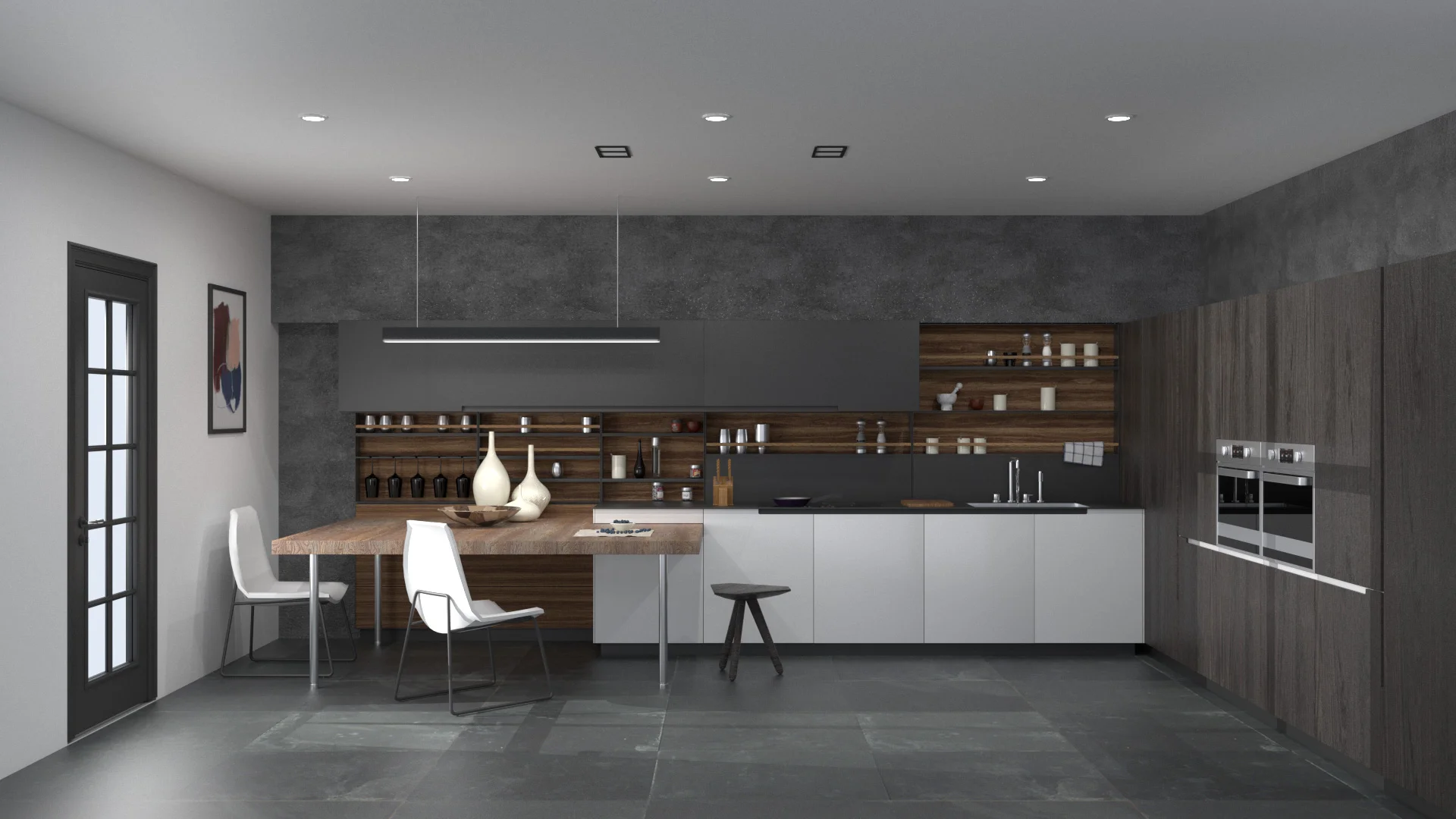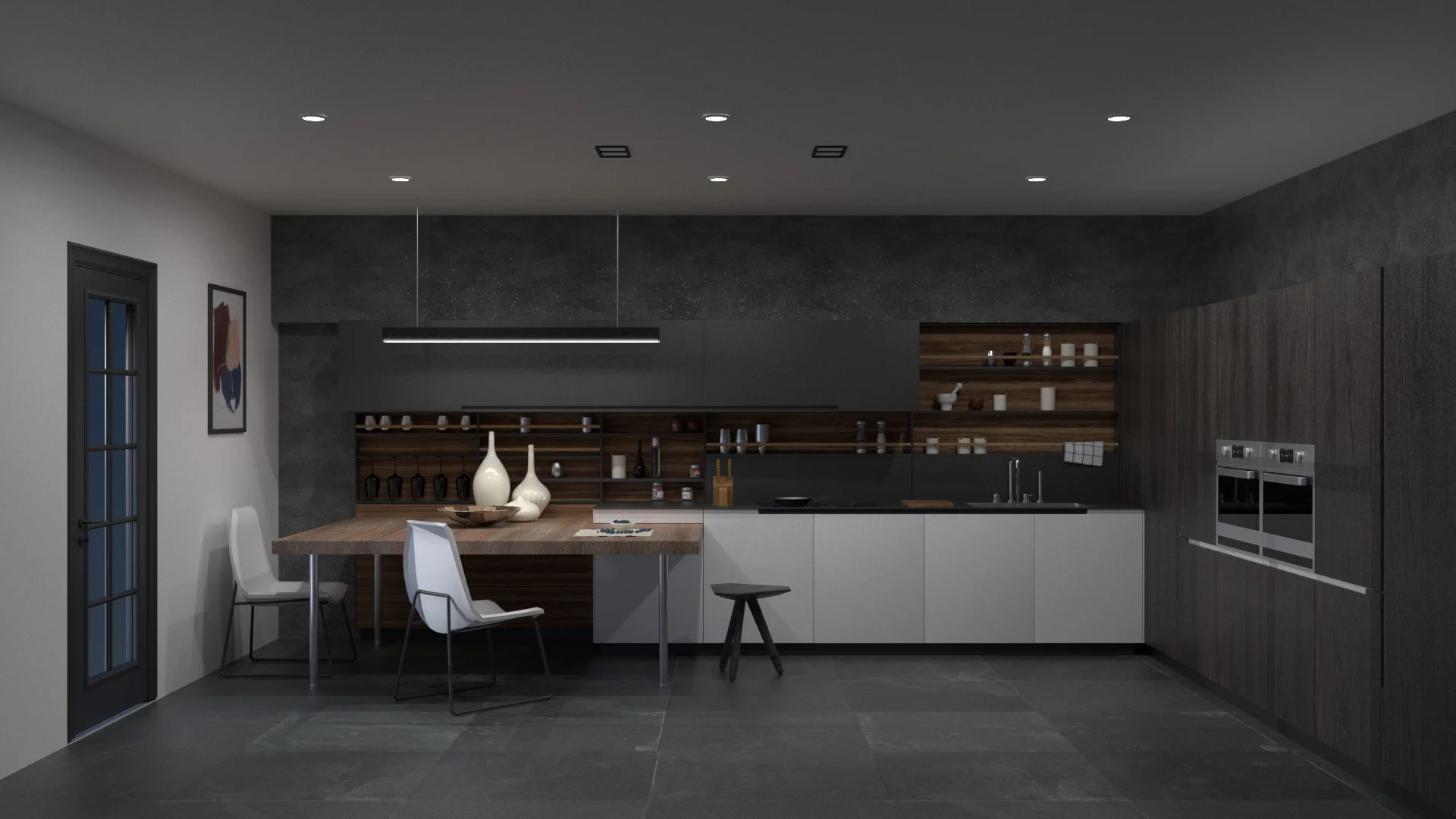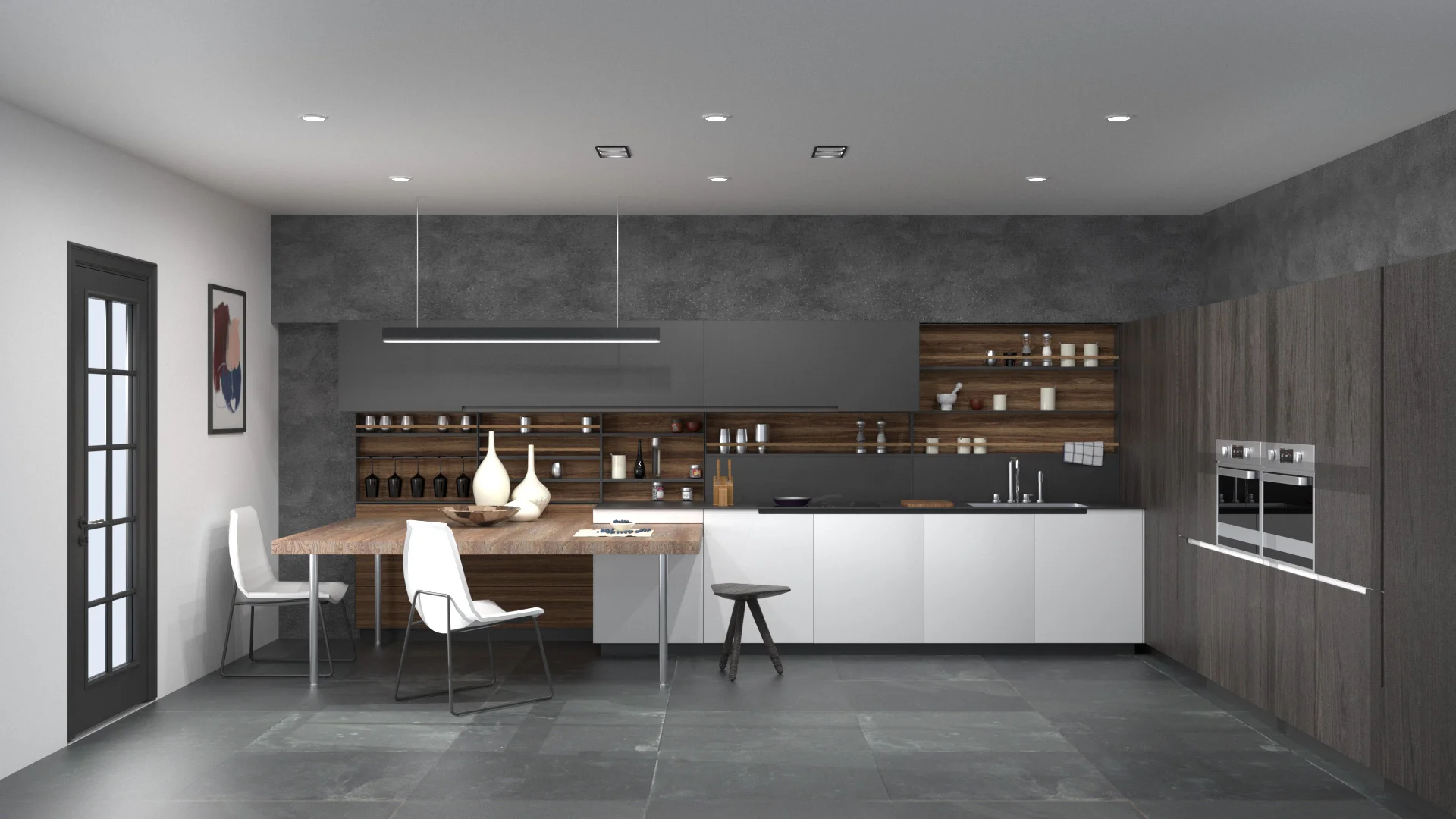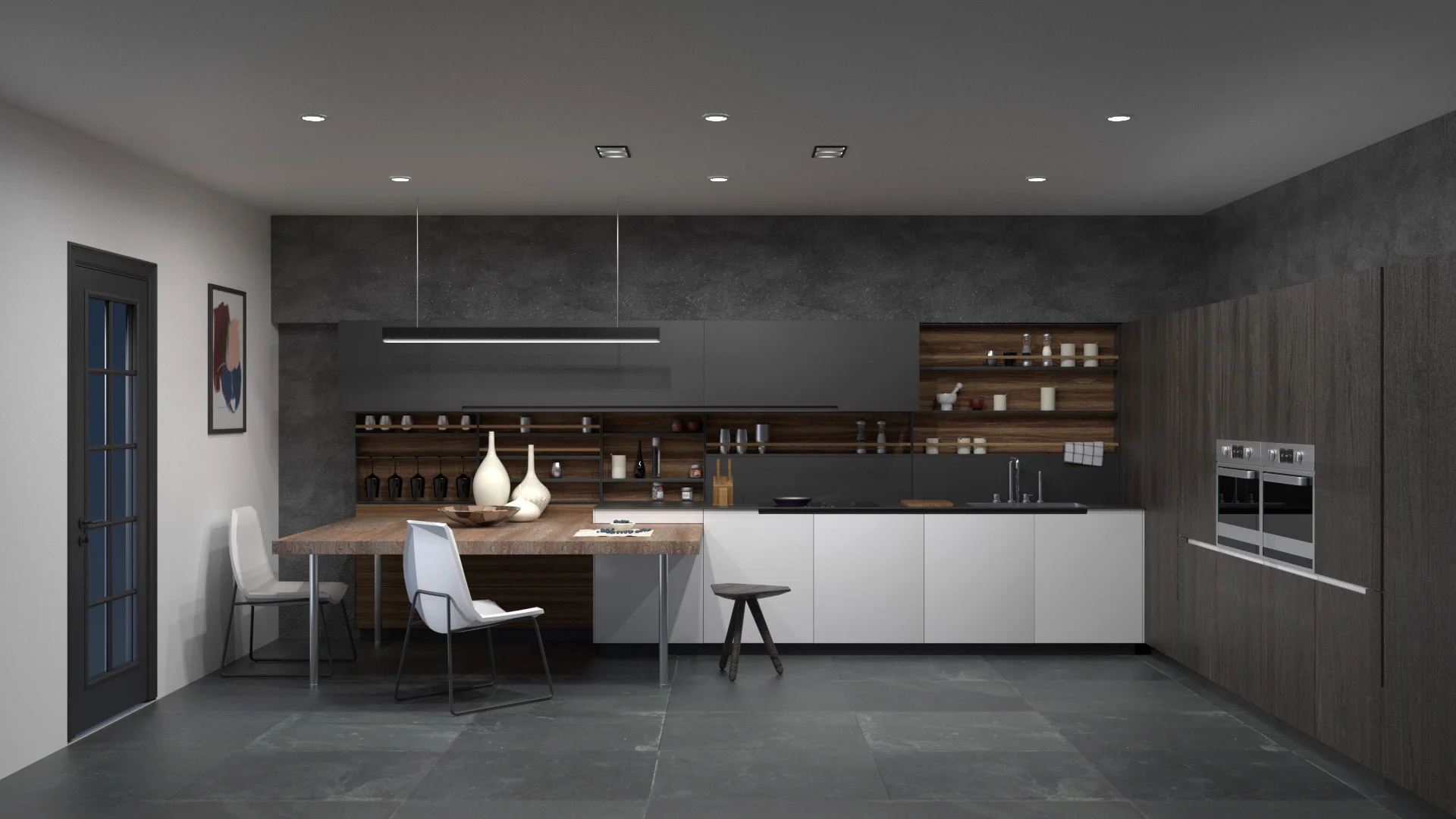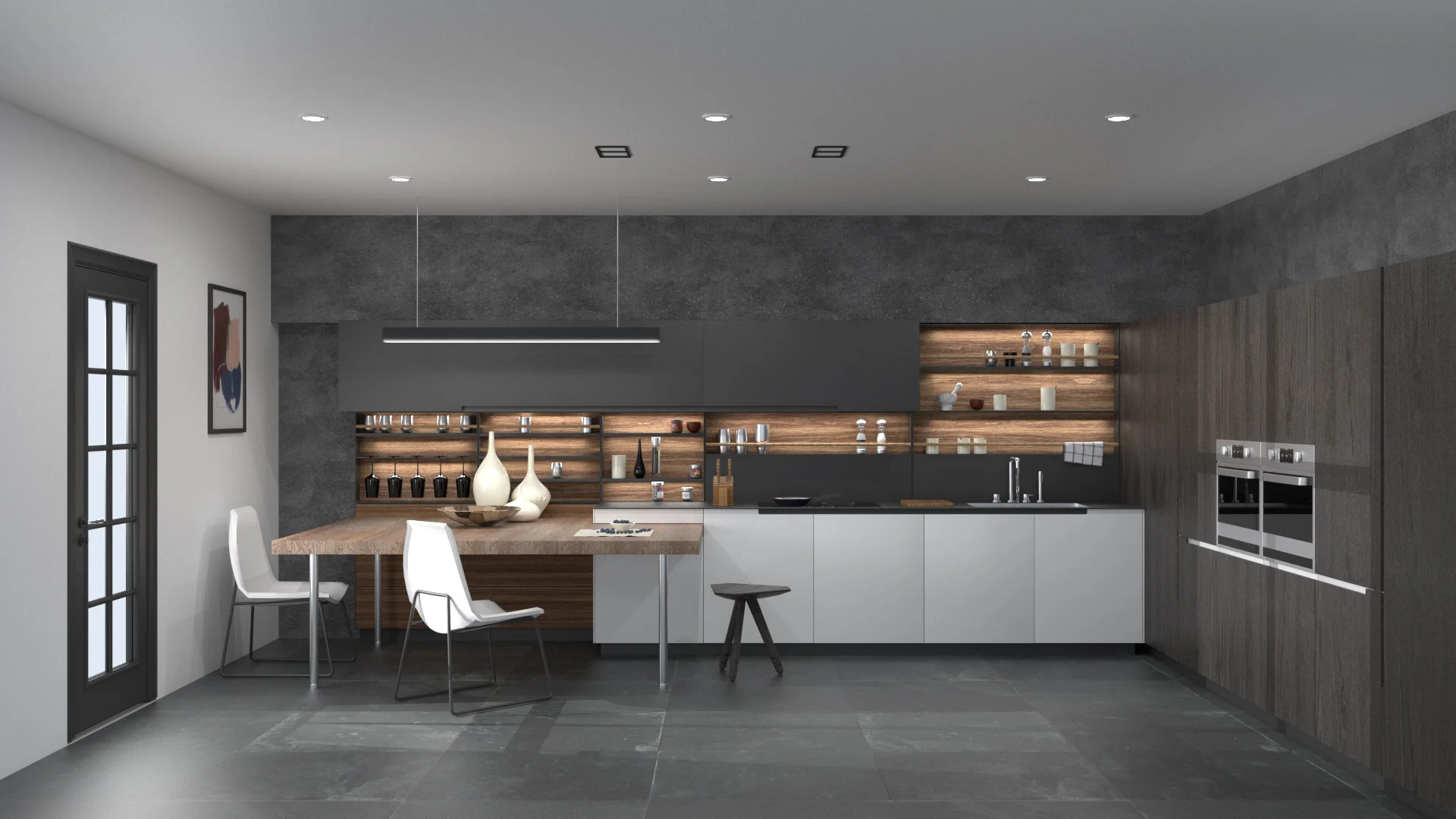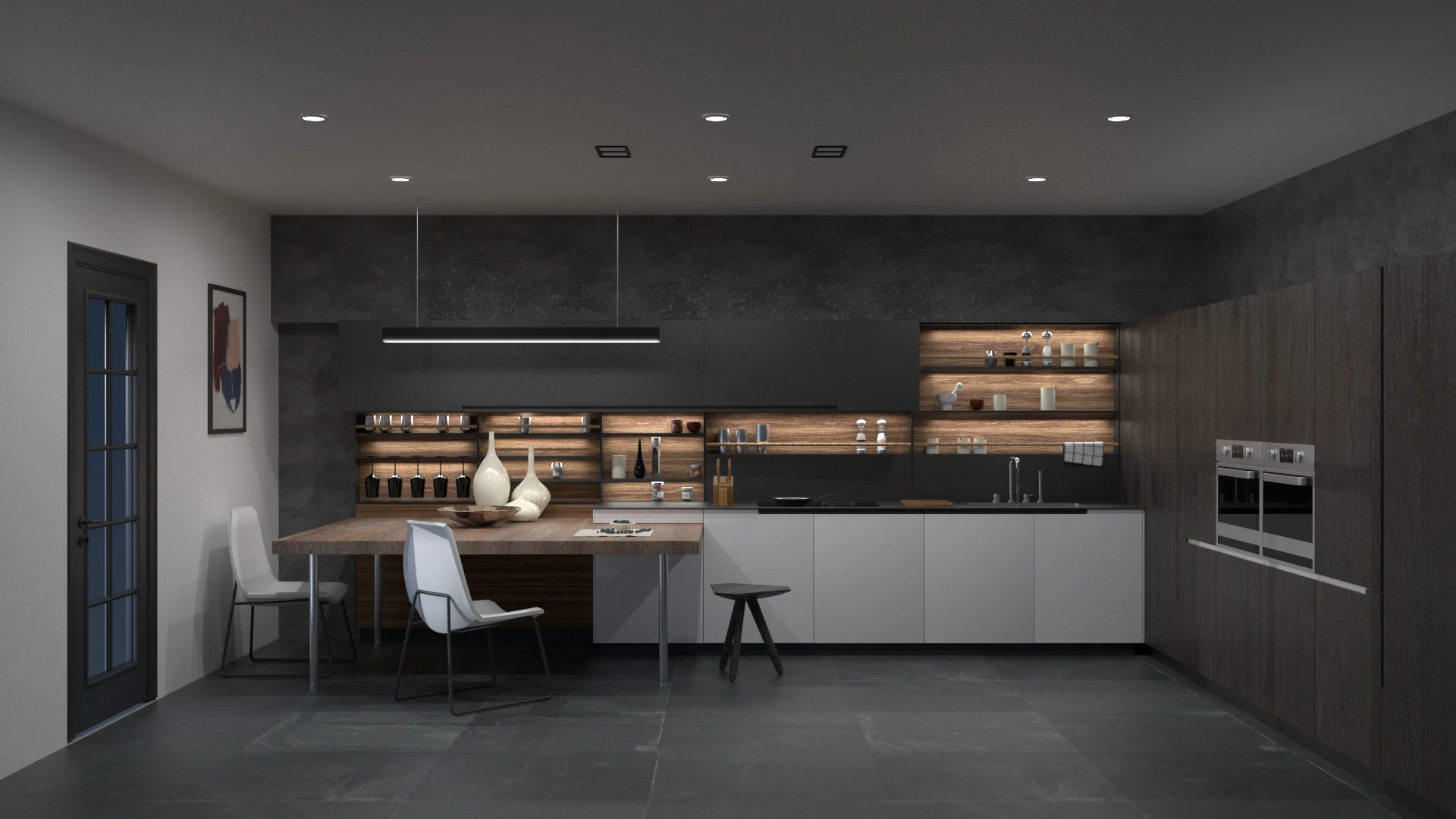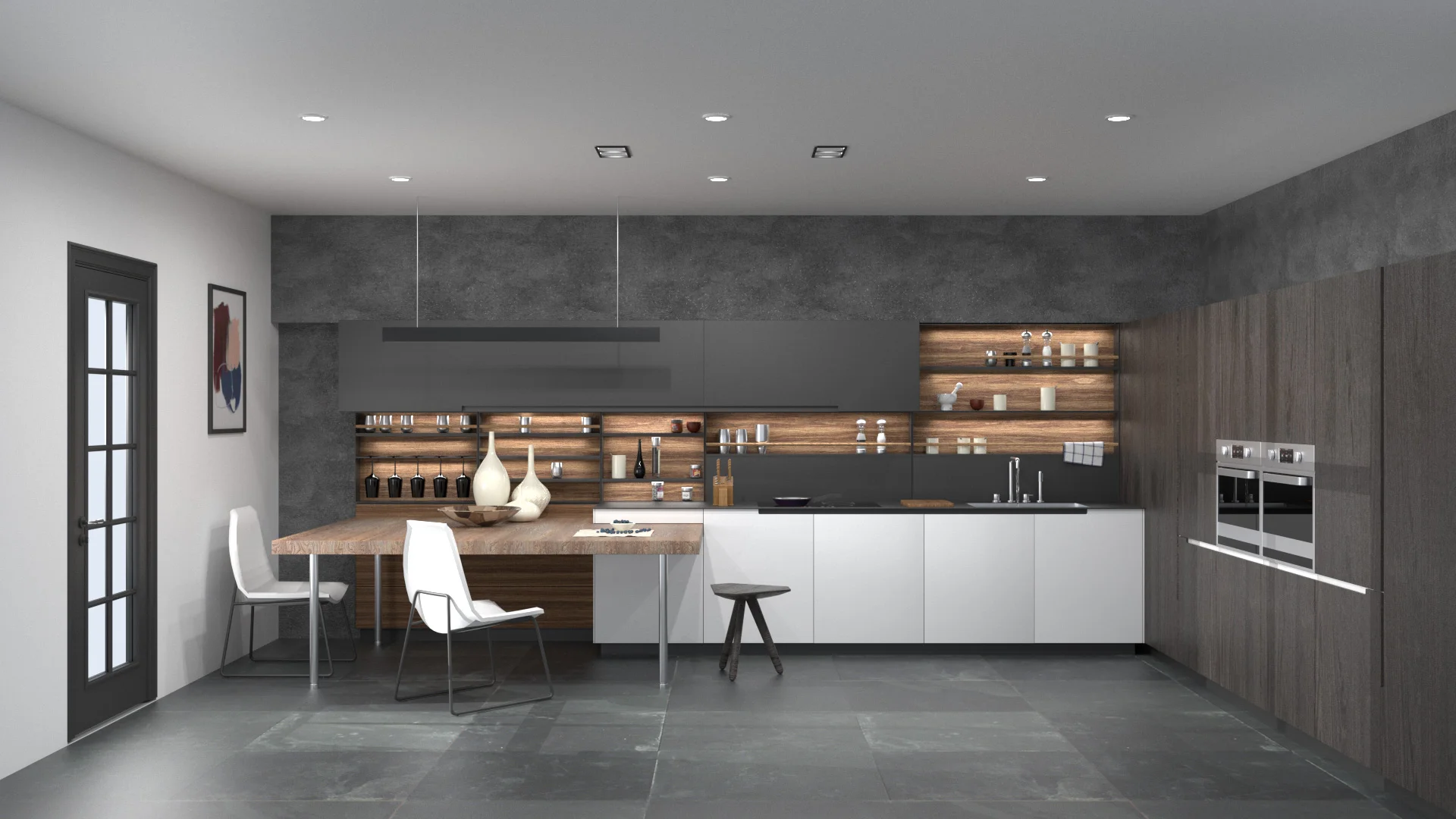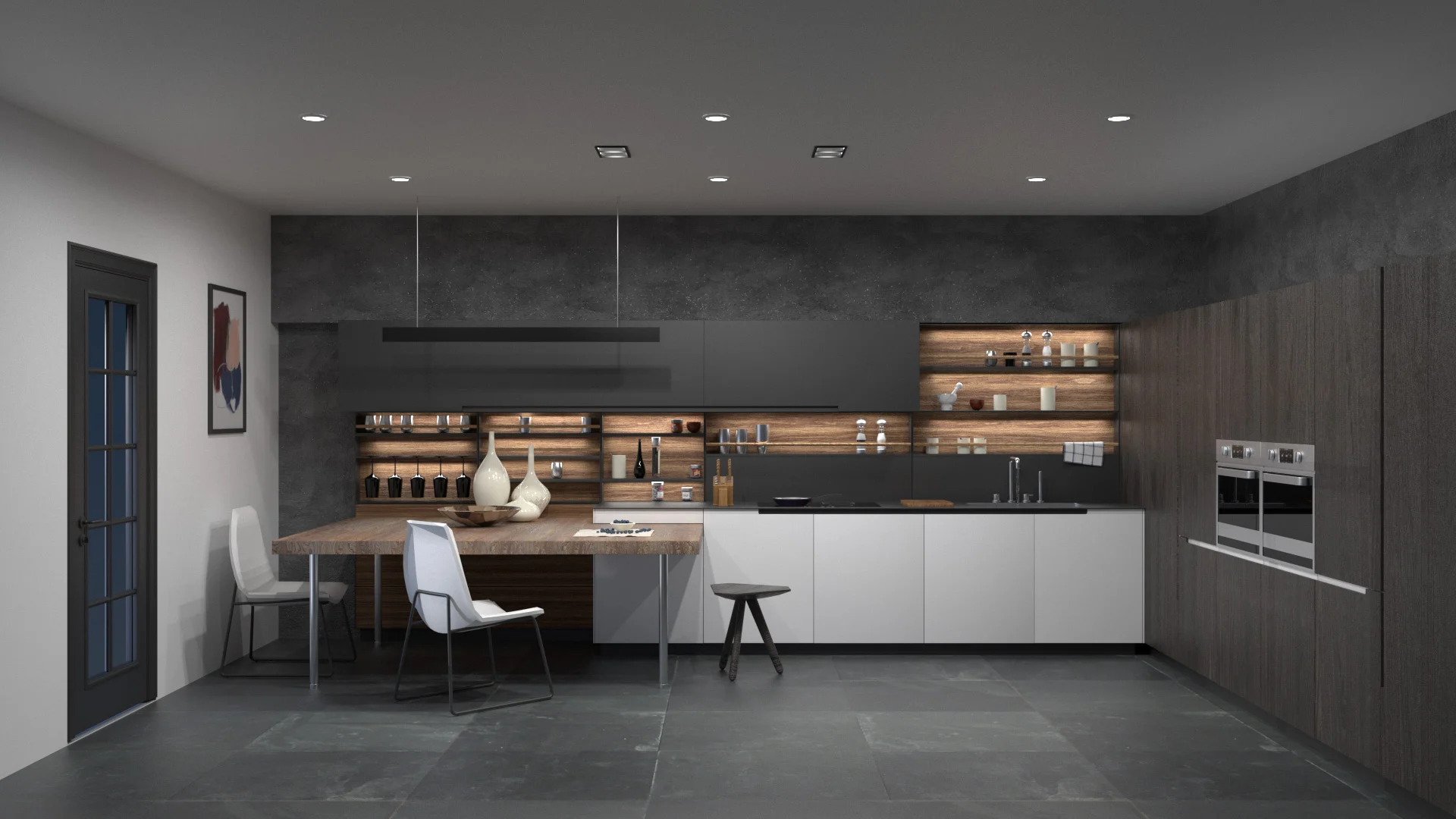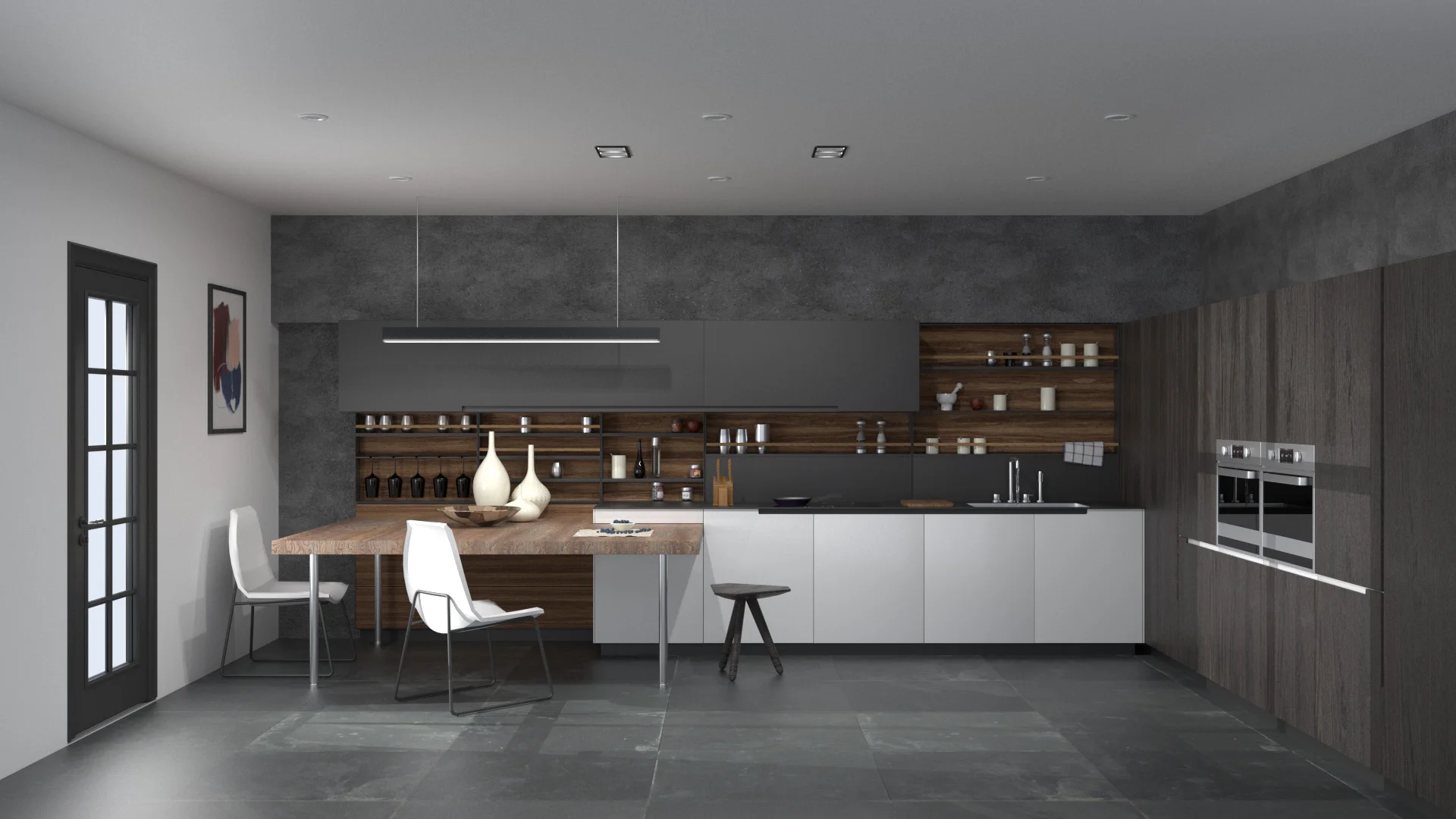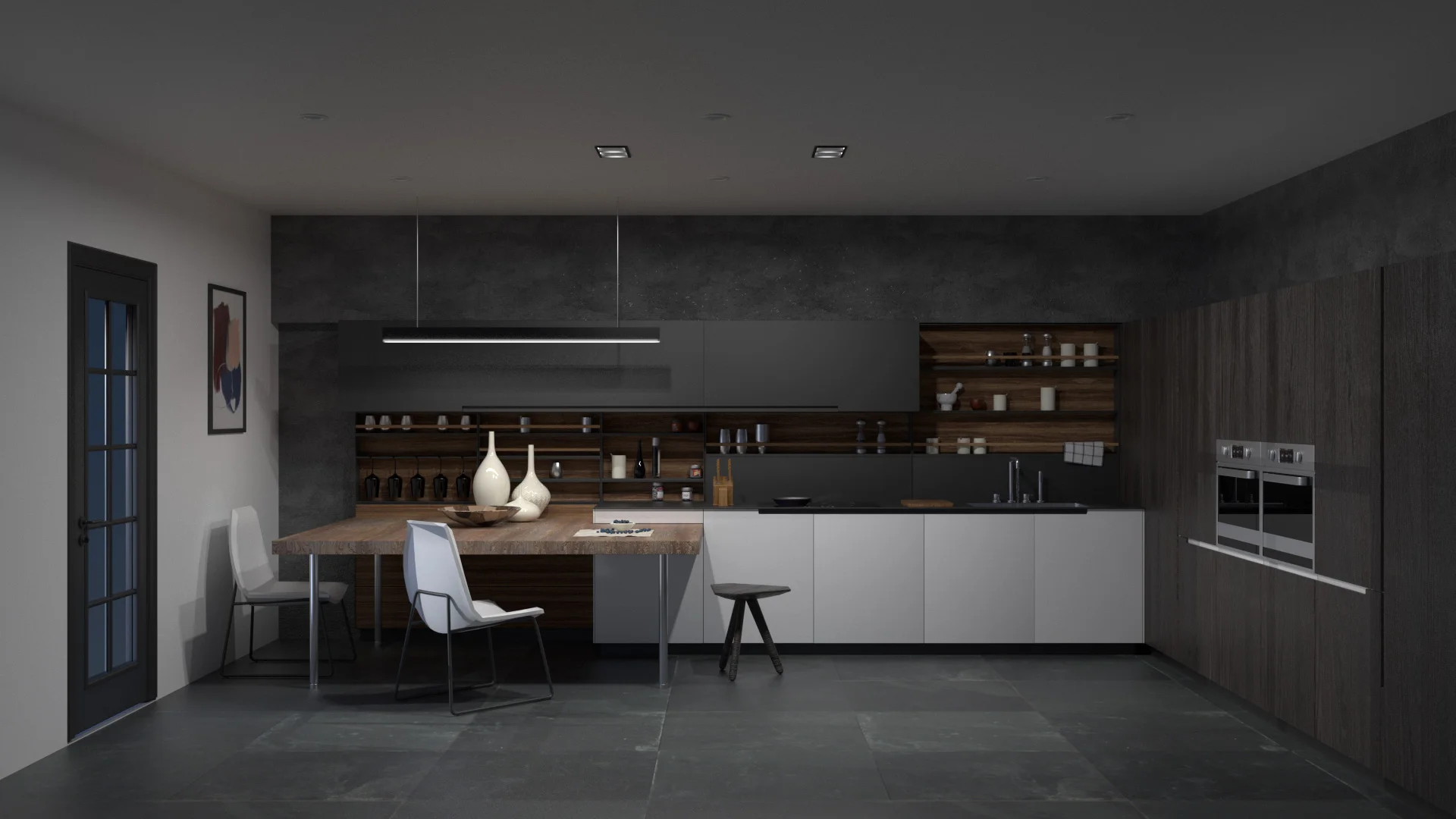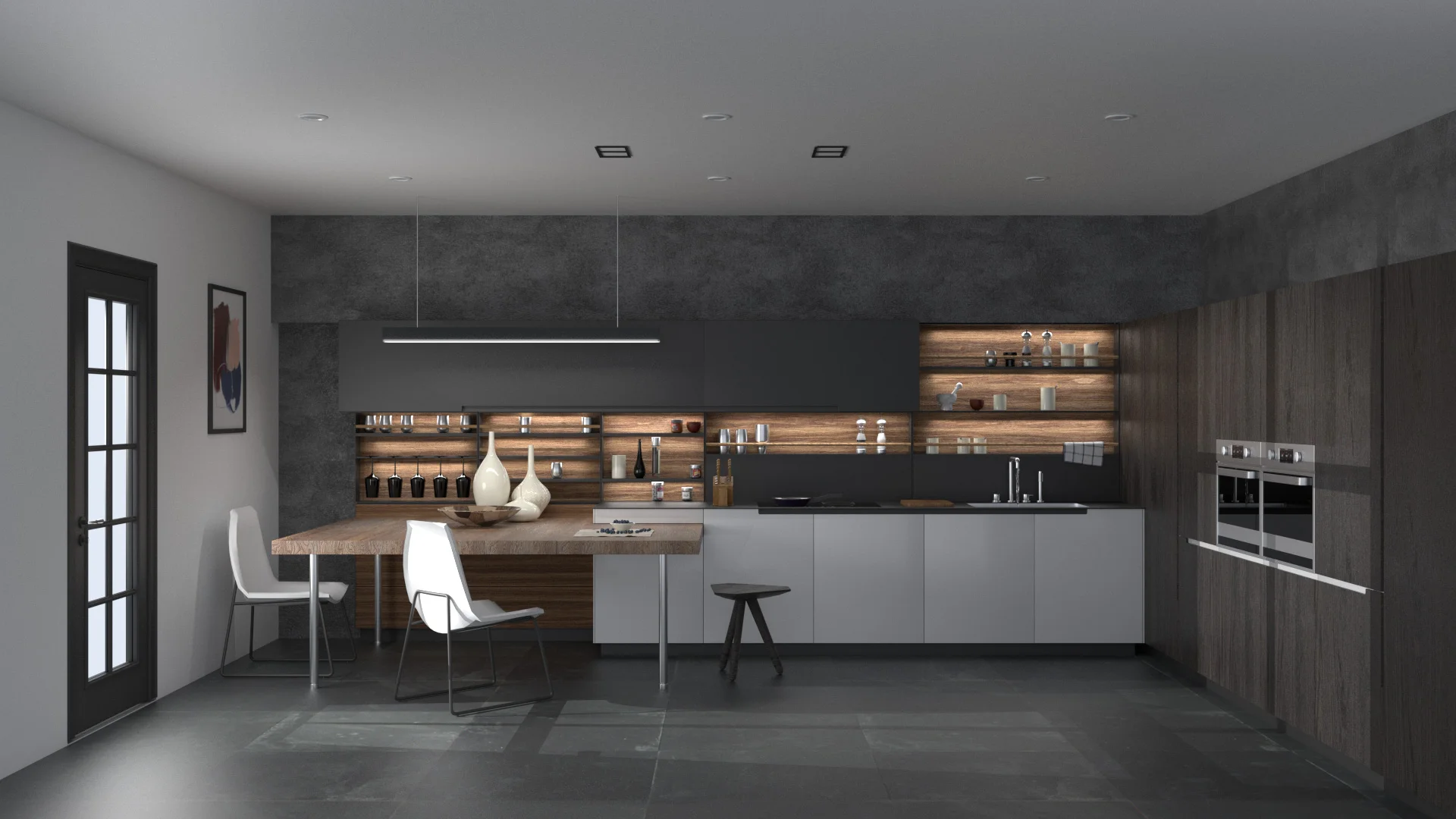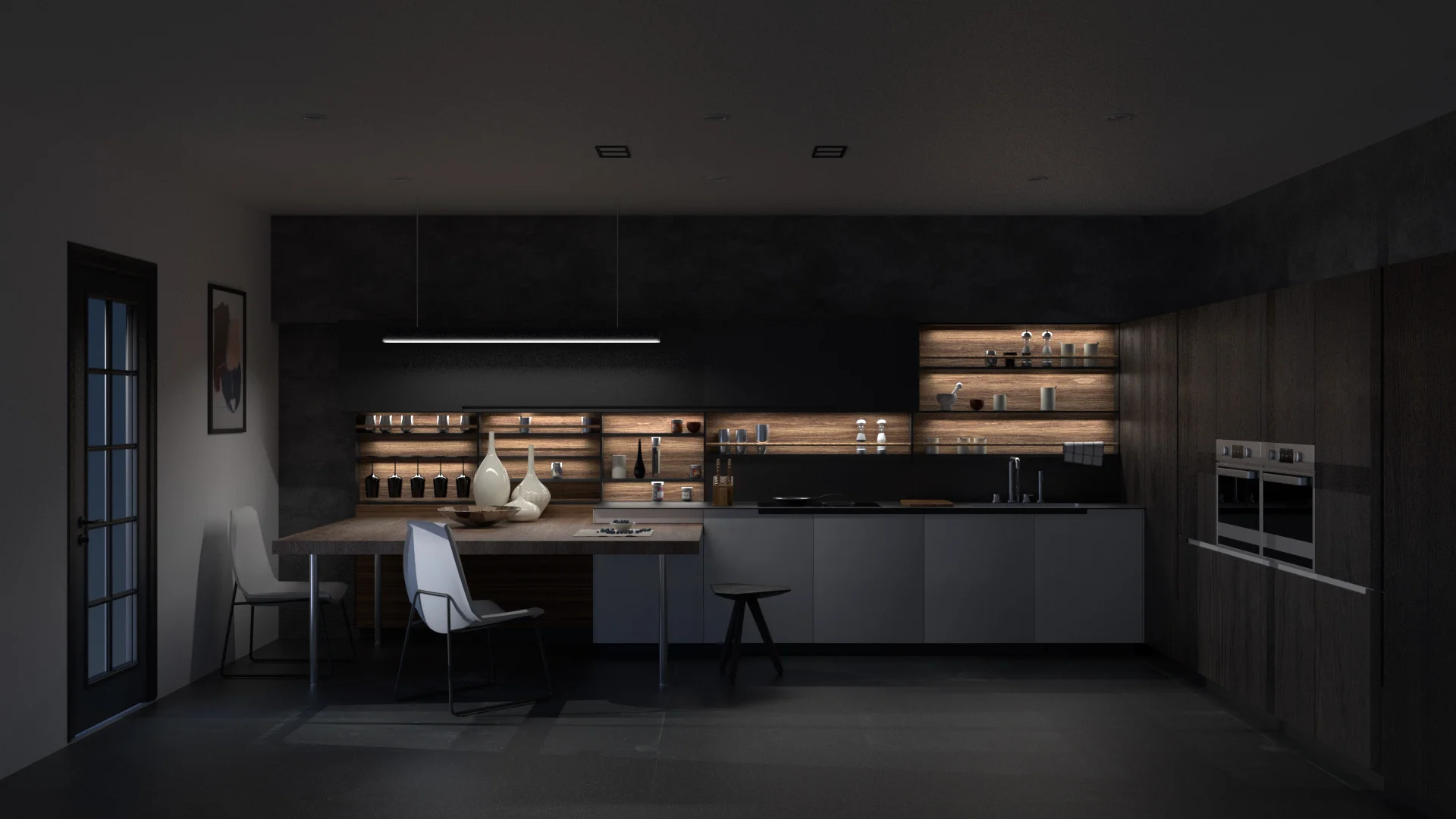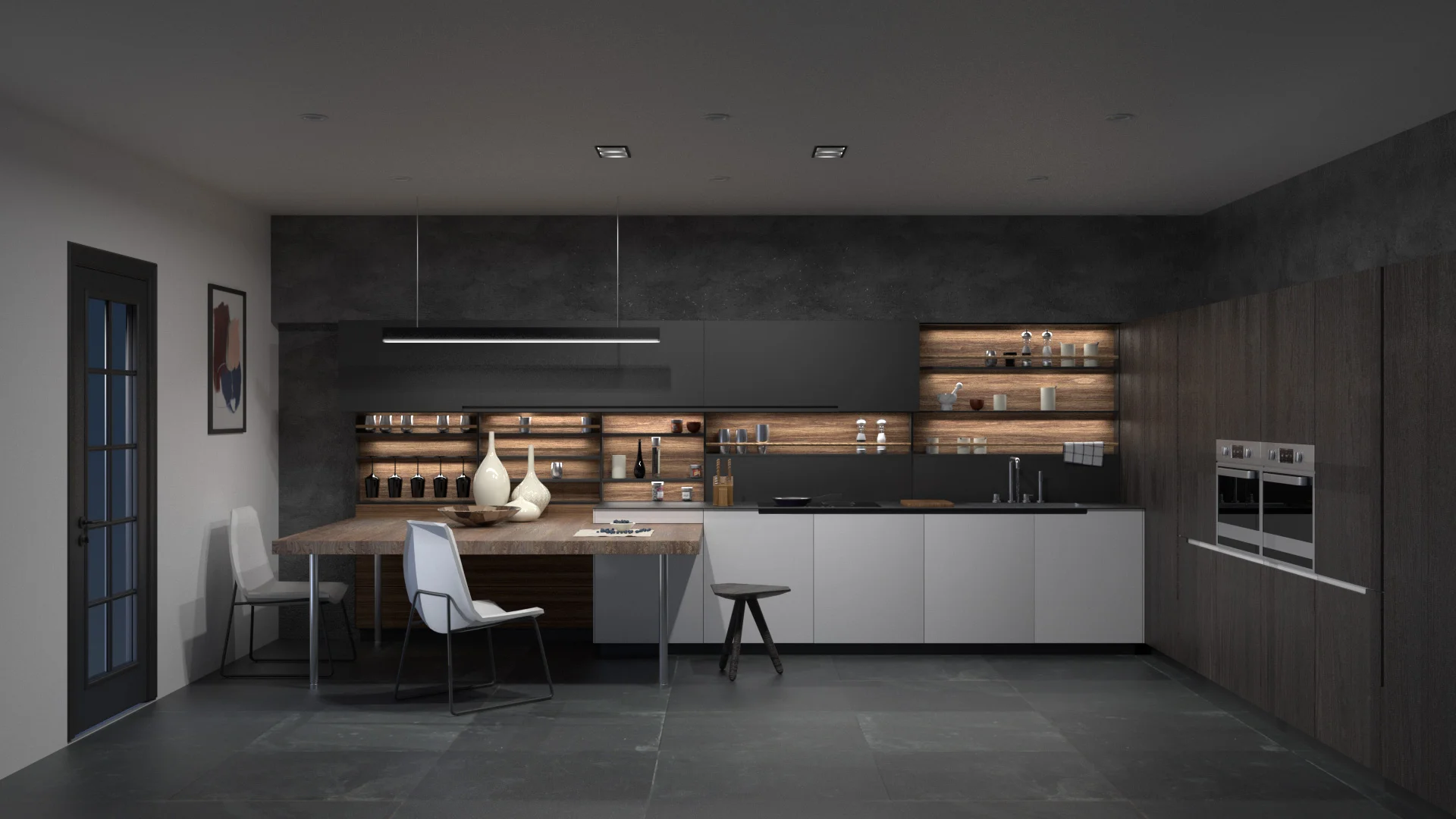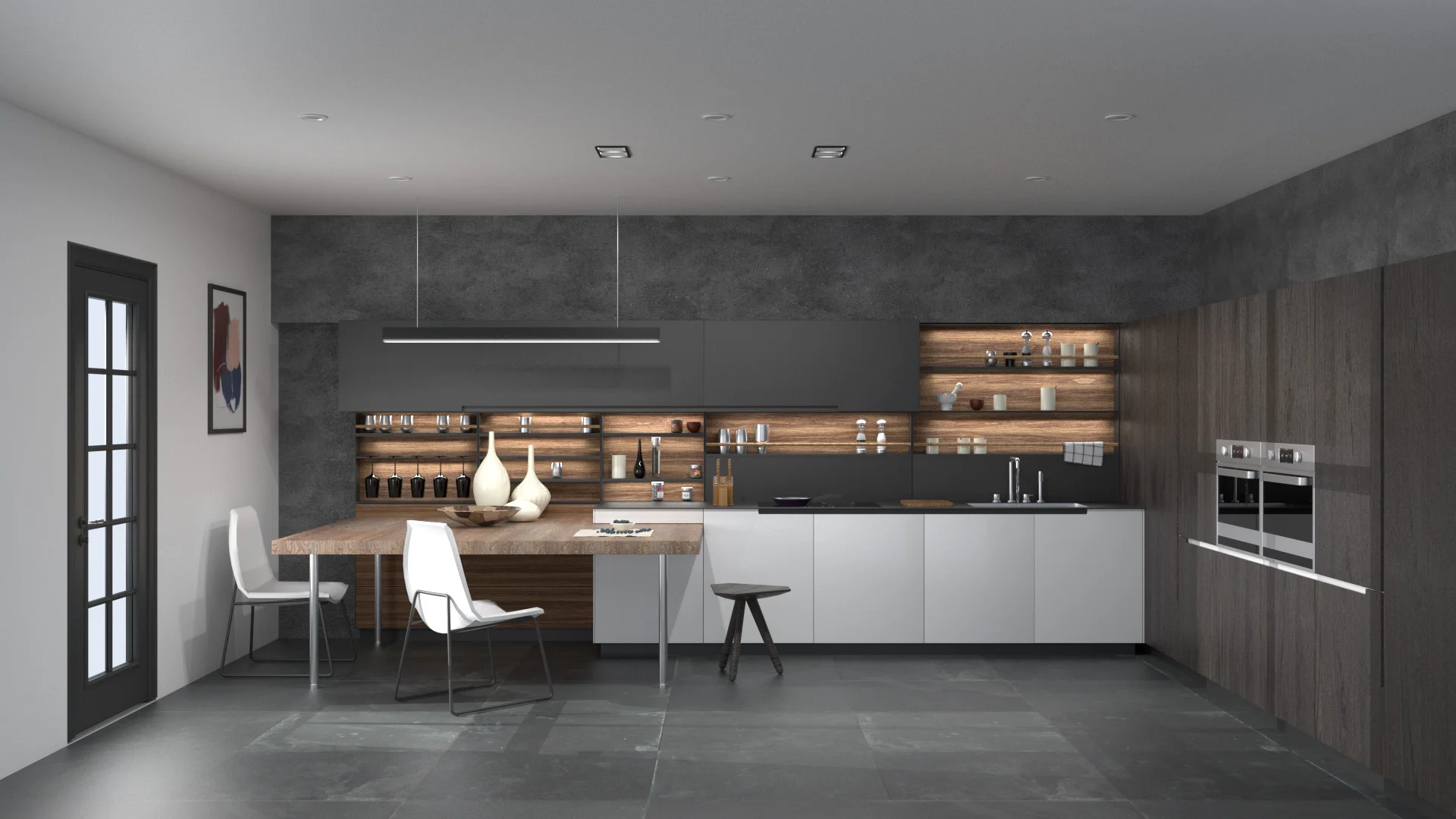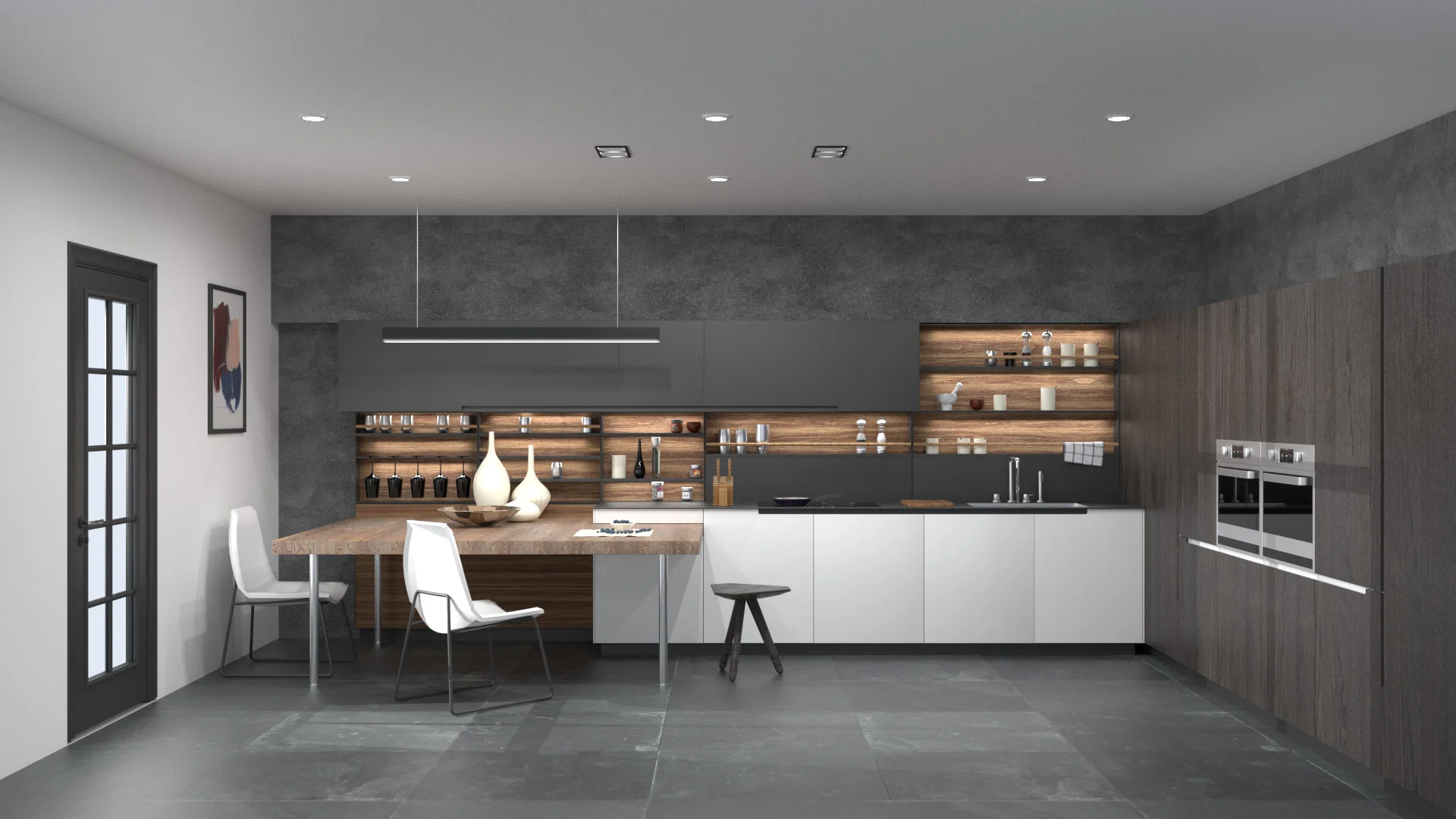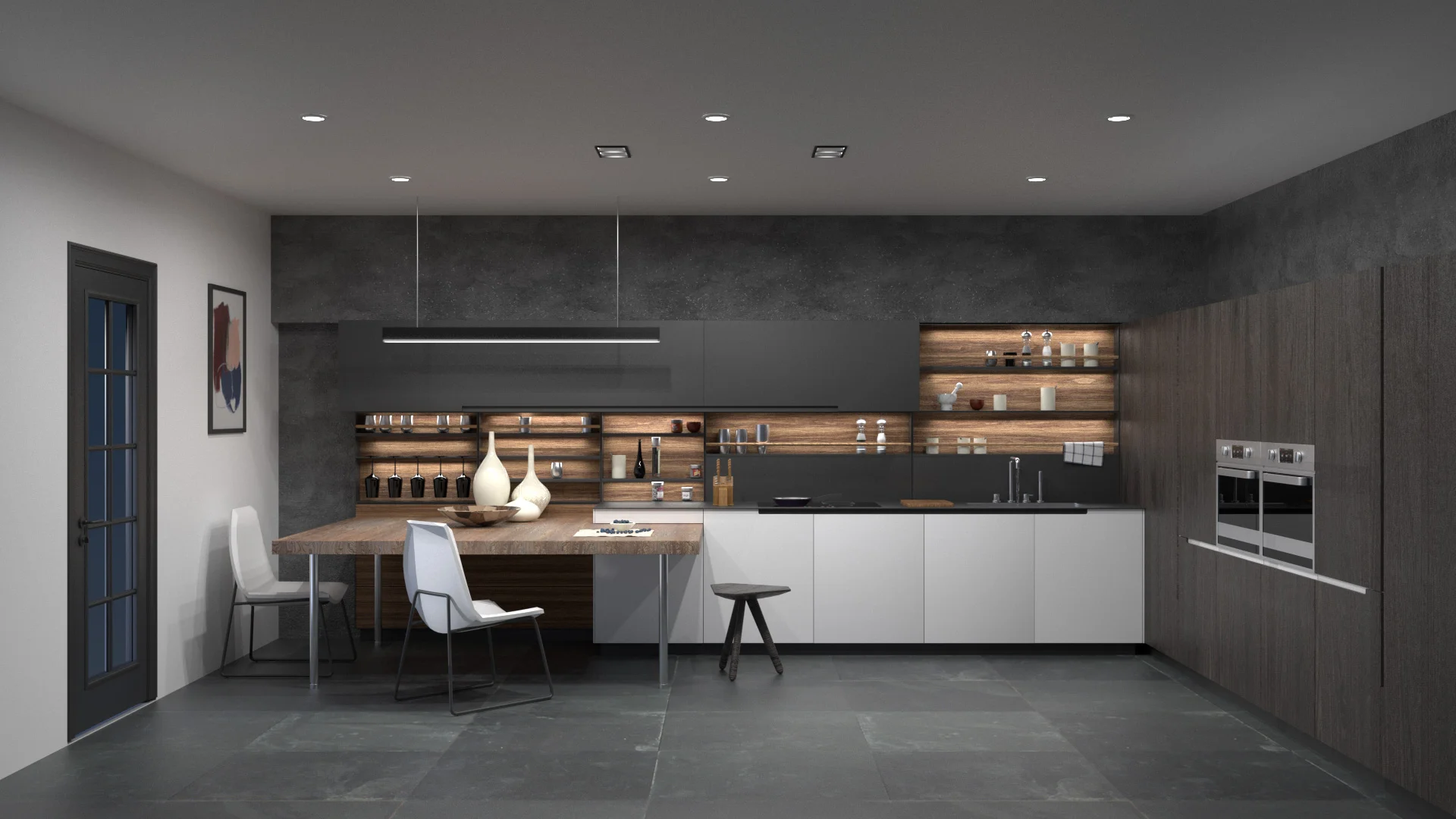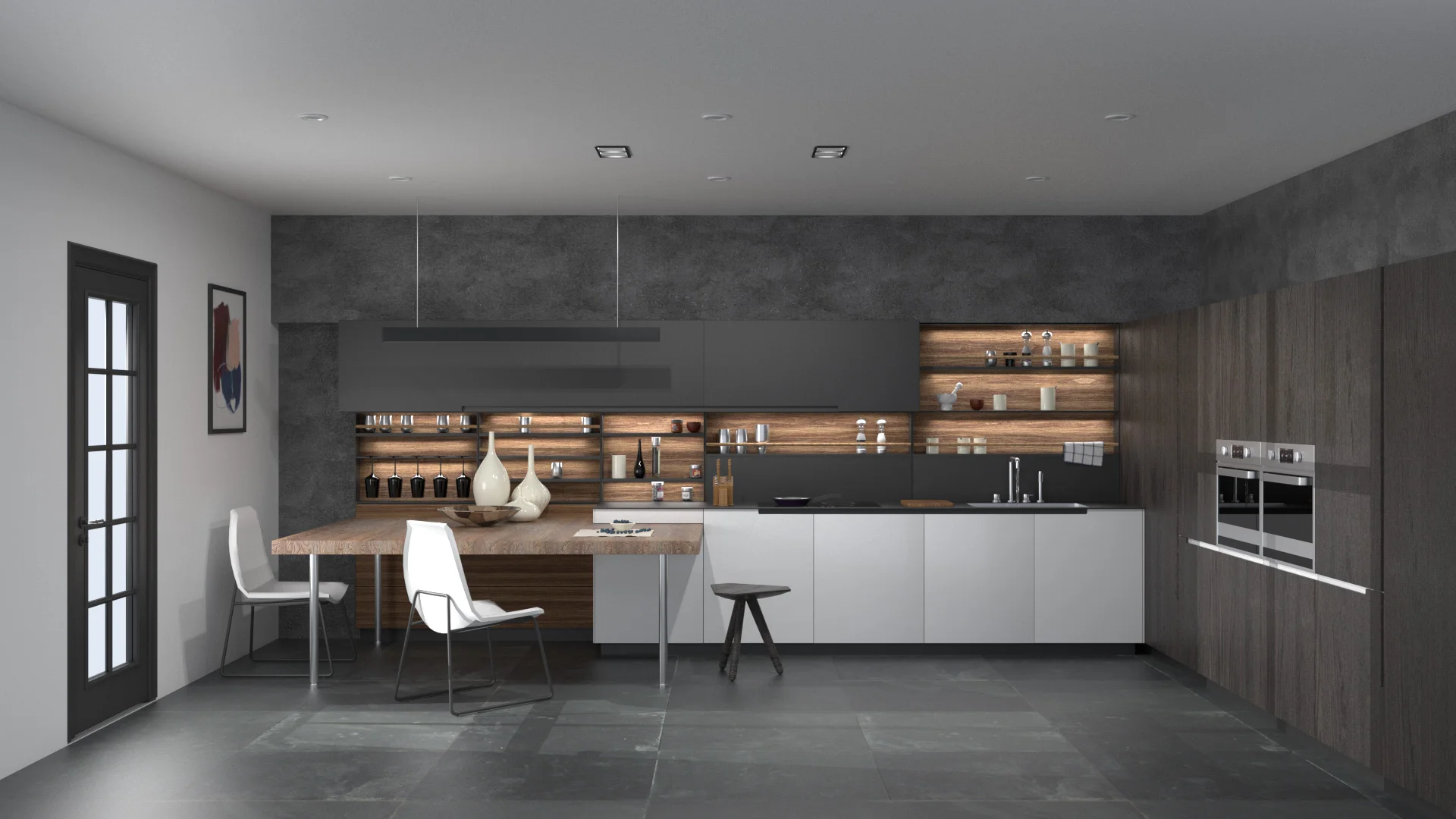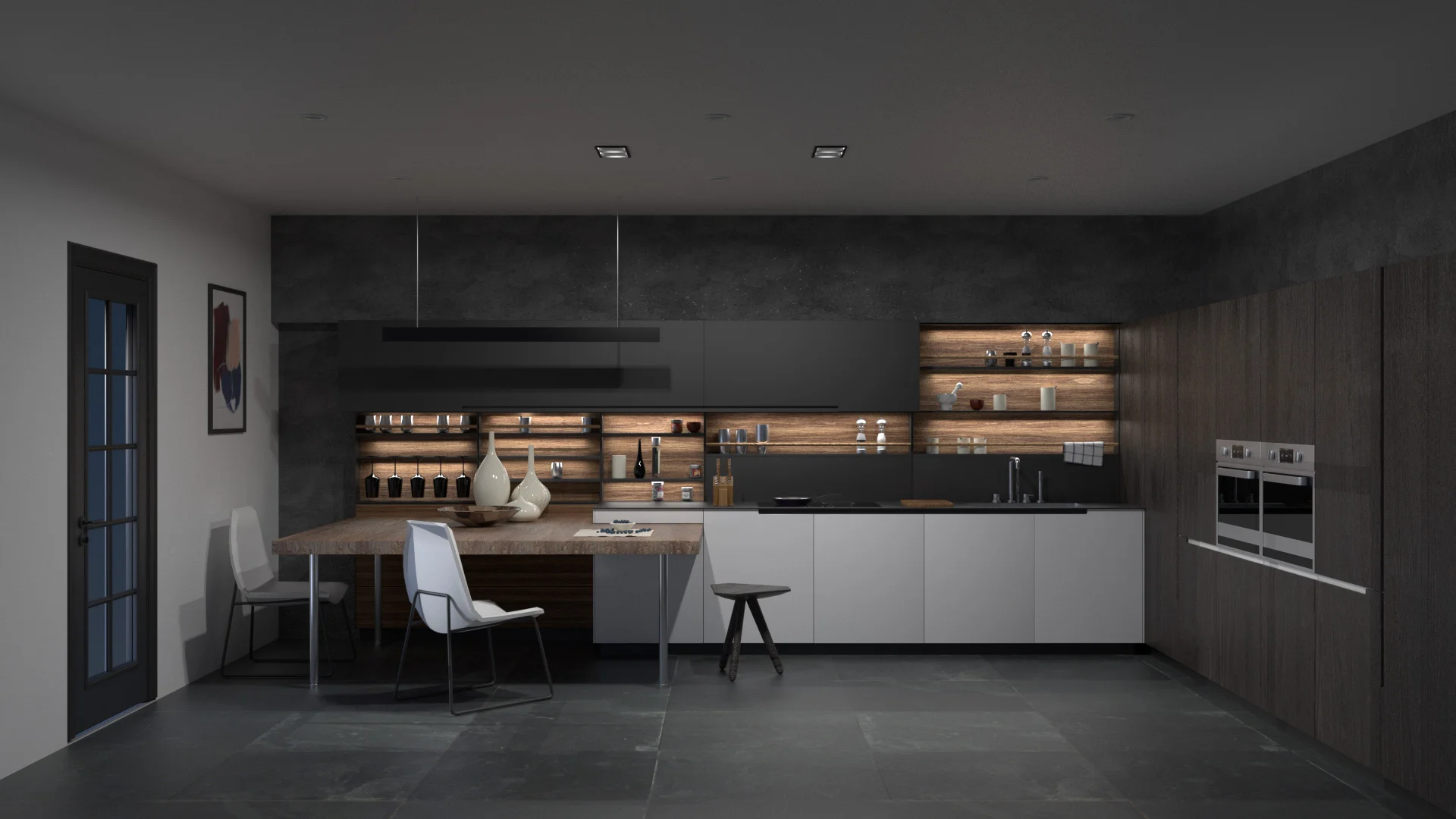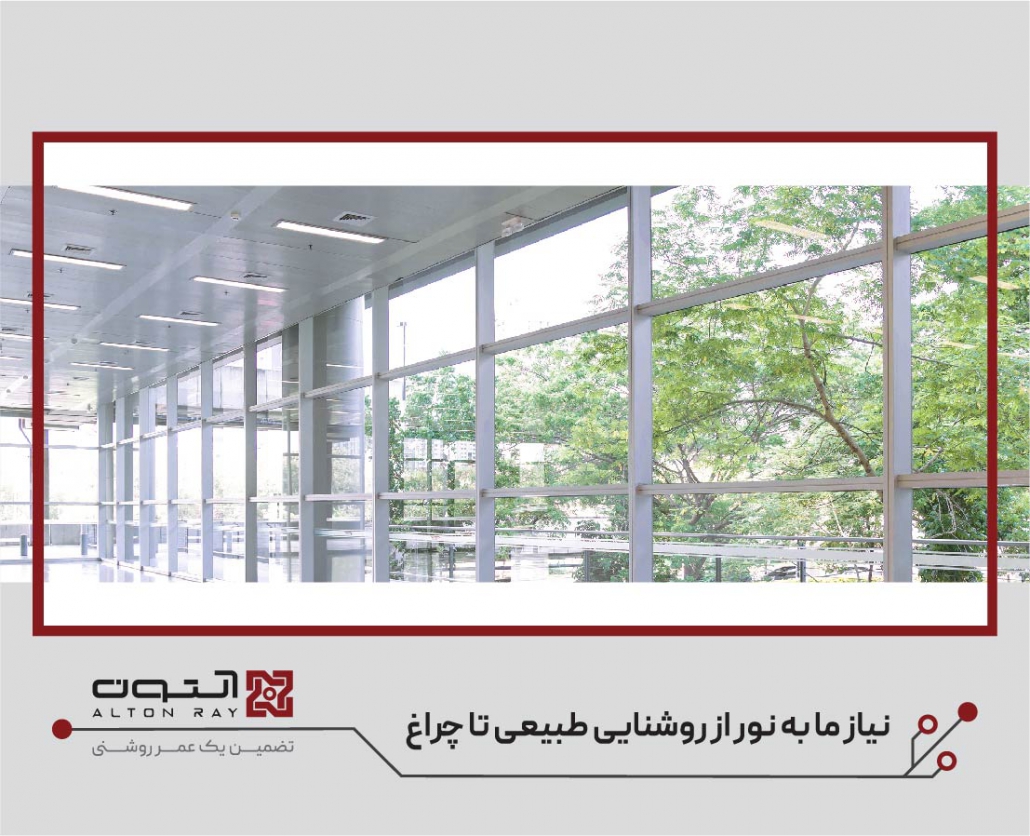Light is the source of life and is essential for humans, animals, and plants. For a long time, before humans were able to use artificial light, the only source of light was natural light. Modern concepts in lighting design seek to enhance our well-being and health by combining the use of both natural and artificial light sources.
We use our eyes to navigate. Our environment is the space around us that we see with our eyes. More than 80 percent of the information we receive is obtained through our eyes. They are our most important sensory organ, but this would not be possible without light. Light is the medium that makes visual perception possible.
[/av_textblock] [av_textblock textblock_styling_align=” textblock_styling=” textblock_styling_gap=” textblock_styling_mobile=” size=’20’ av-medium-font-size=’17’ av-small-font-size=” av-mini-font-size=” font_color=” color=” id=” custom_class=” template_class=” element_template=” one_element_template=” av_uid=’av-l230546t’ sc_version=’1.0′ admin_preview_bg=”]Light is the quality of life
Darkness or low light prevents proper vision. It makes us feel insecure and we lose our peace and quiet. Only proper lighting can make us feel safe.
Light not only enables us to see, but also affects our mood and well-being. In addition, we have known since the end of the last millennium that natural daylight and how it changes during the day and throughout the year affects our hormone levels and controls our circadian cycle. A good lighting design has an impact on our health and quality of life.
[/av_textblock]
[av_textblock textblock_styling_align=” textblock_styling=” textblock_styling_gap=” textblock_styling_mobile=” size=’20’ av-medium-font-size=’17’ av-small-font-size=” av-mini-font-size=” font_color=” color=” id=” custom_class=” template_class=” element_template=” one_element_template=” av_uid=’av-l2307hik’ sc_version=’1.0′ admin_preview_bg=”]In the beginning there was just fire…
بFor a long time, the sun was the only source of light for humans. About 300,000 years ago, early humans began using fire as a source of light and heat. The bright flames allowed people to live in caves where the sun’s rays could not penetrate. For example, the Altamira cave paintings were only possible with artificial light about 15,000 years ago. Light from fires, flaming torches, and oil lamps were significant achievements of everyday life for prehistoric humans.
But lighting was not only for indoor spaces. The Lighthouse of Alexandria was built around 260 BC, and there is evidence of street lighting in the city of Antioch in 378 BC.
From the earliest days of firelight, people began to design decorative and functional holders for their precious light. However, no significant progress was made in the use of liquid fuel lamps for the past few thousand years, until Aime Argand invented the central burner lamp in 1783.
In the same year, the Minckelers discovered a technique for providing coal gas, which was used in gas lanterns. Around the same time, the first experiments with electric arc lamps were being carried out. However, these experiments only gained practical value when Werner Siemens was able to generate electric power economically using a dynamo in 1866. But the real beginning of the era of electric light began in 1879 with Thomas Edison’s reinvention of the incandescent lamp and its technological application, which had actually been invented 25 years earlier by the German watchmaker Johann Heinrich Goebel in 1854.
[/av_textblock]
[av_textblock textblock_styling_align=” textblock_styling=” textblock_styling_gap=” textblock_styling_mobile=” size=’20’ av-medium-font-size=’17’ av-small-font-size=” av-mini-font-size=” font_color=” color=” id=” custom_class=” template_class=” element_template=” one_element_template=” av_uid=’av-l2308qvw’ sc_version=’1.0′ admin_preview_bg=”]
Lamps, LEDs and lighting control
Increasing the efficiency of lamps in producing light and finding ways to make them better has always been a goal. Halogen lamps and the first gas discharge lamps followed the incandescent lamps. Until the late 1980s, the main focus of technical development was on the production of more efficient fluorescent lamps and electronic ballasts.
The first LEDs were introduced in the mid-1990s and quickly changed the world of lighting. LEDs are highly efficient and long-lasting, can be interconnected and controlled precisely. Today, almost half of all lamps used outdoors and more than 30 percent of all lamps used indoors are equipped with LED modules (figures provided by ZVEI in 2015). As a result, lighting has become increasingly dynamic.
The transition of the lighting industry to LED-based systems and the development of intelligent lighting control systems is not only the key to achieving ultra-low-energy lighting, but also opens the door to new applications that were previously unimaginable, thus providing greater capabilities than ever before to adapt lighting systems to the functional, emotional, and biological needs of individuals.
.
.
[/av_textblock]
[av_comments_list alb_description=” id=” custom_class=” template_class=” element_template=” one_element_template=” av_uid=’av-l1xbkrxy’ sc_version=’1.0′]

